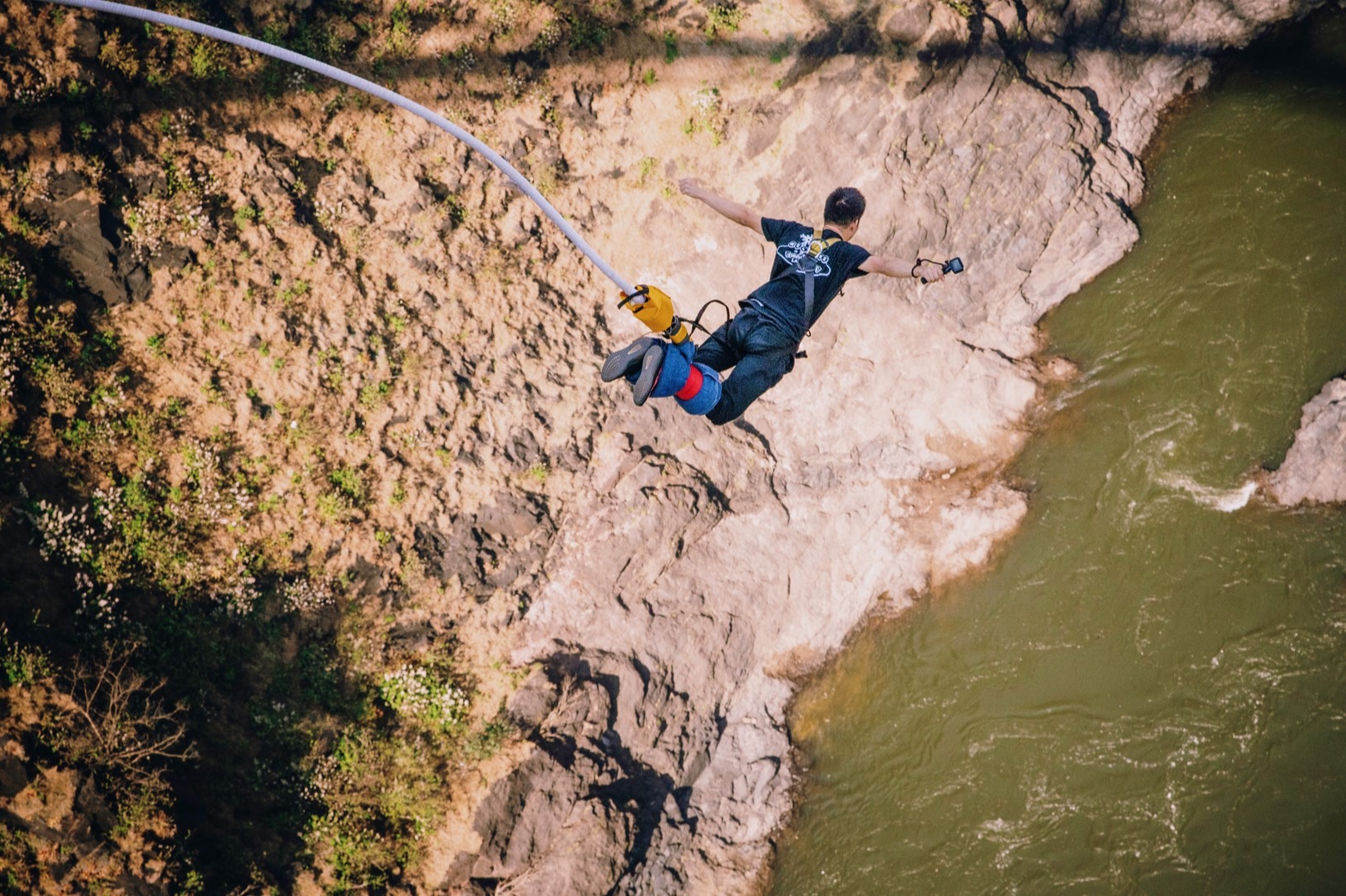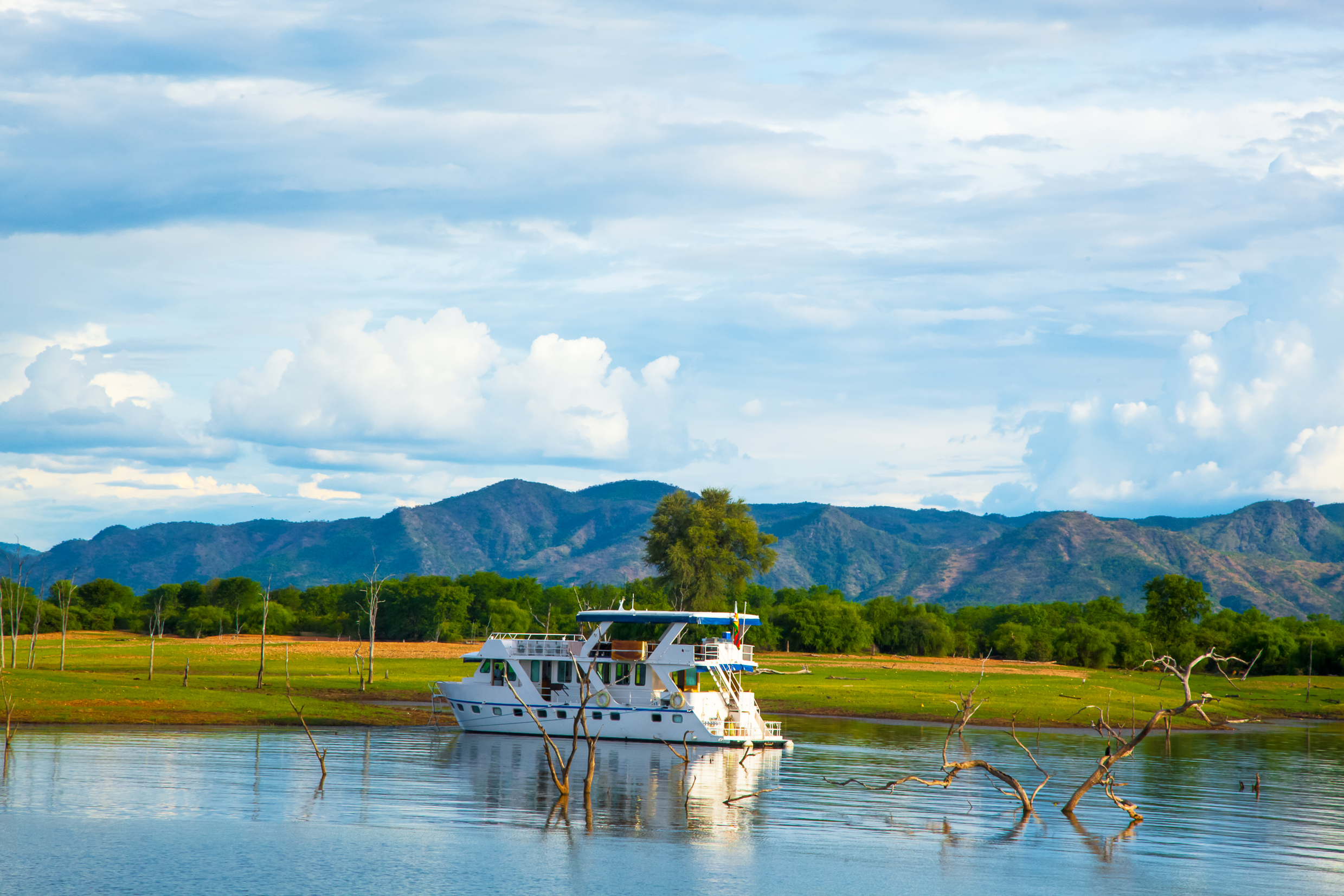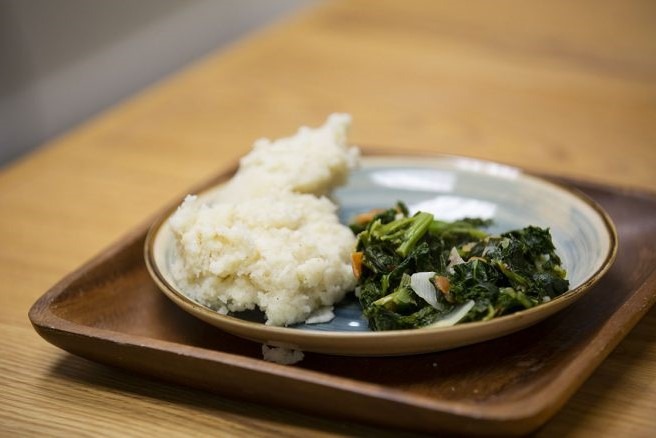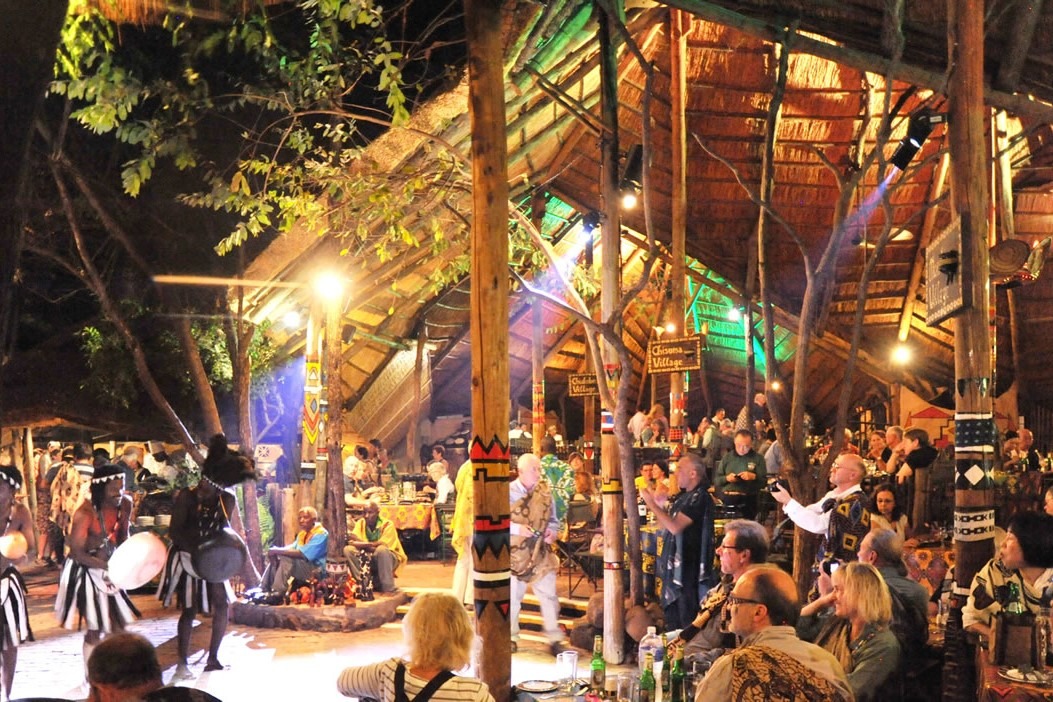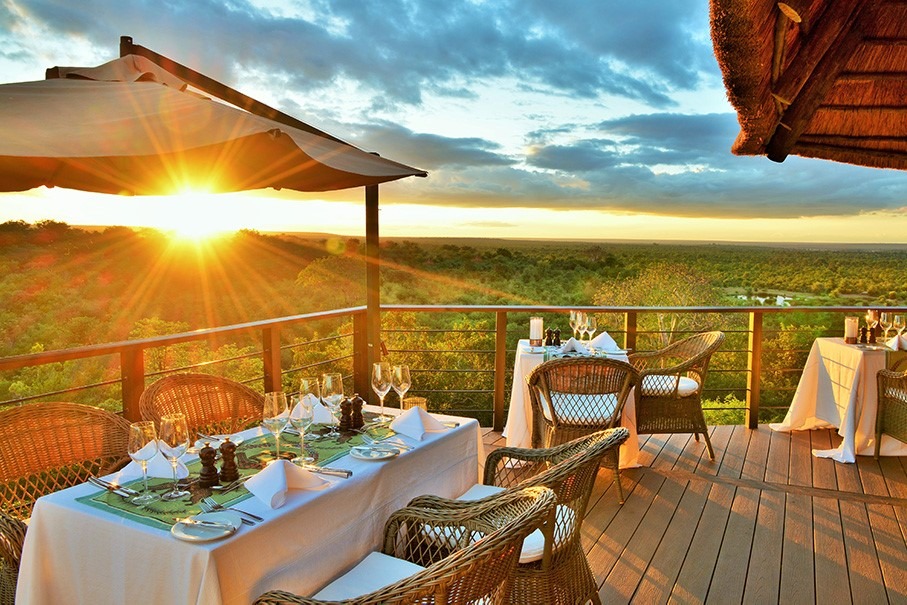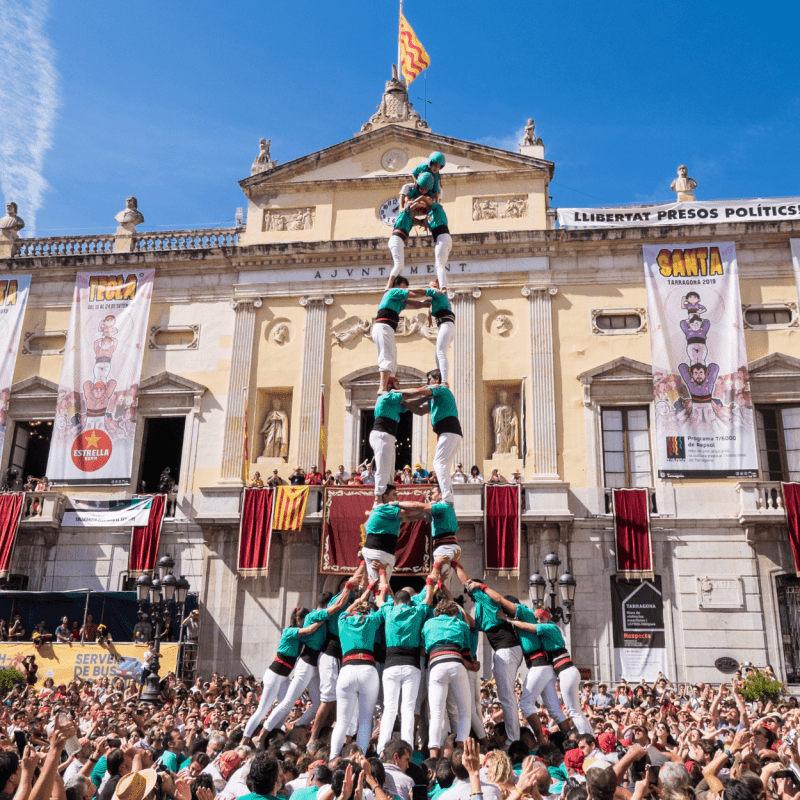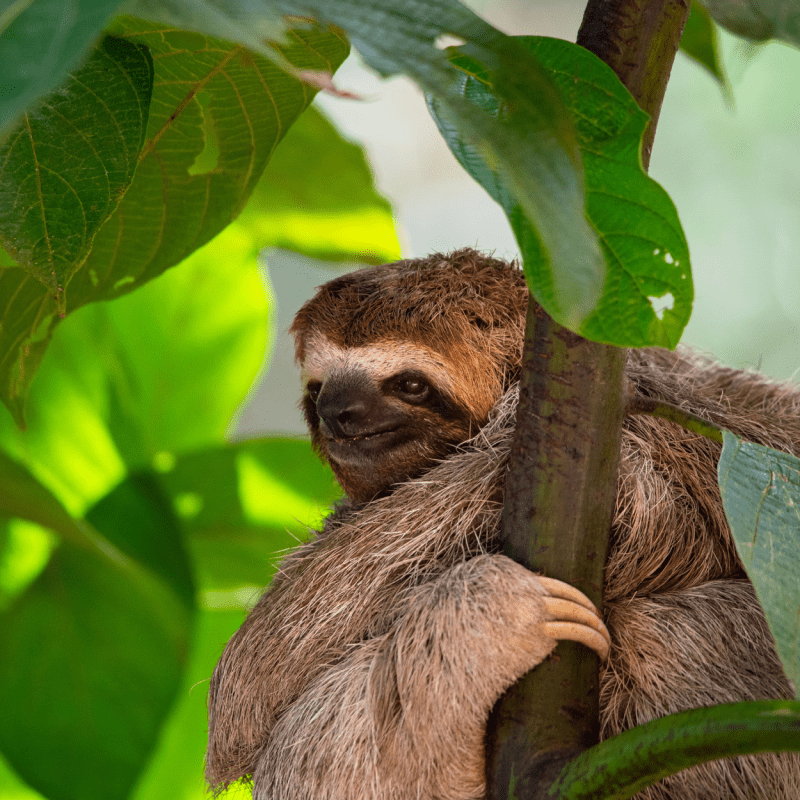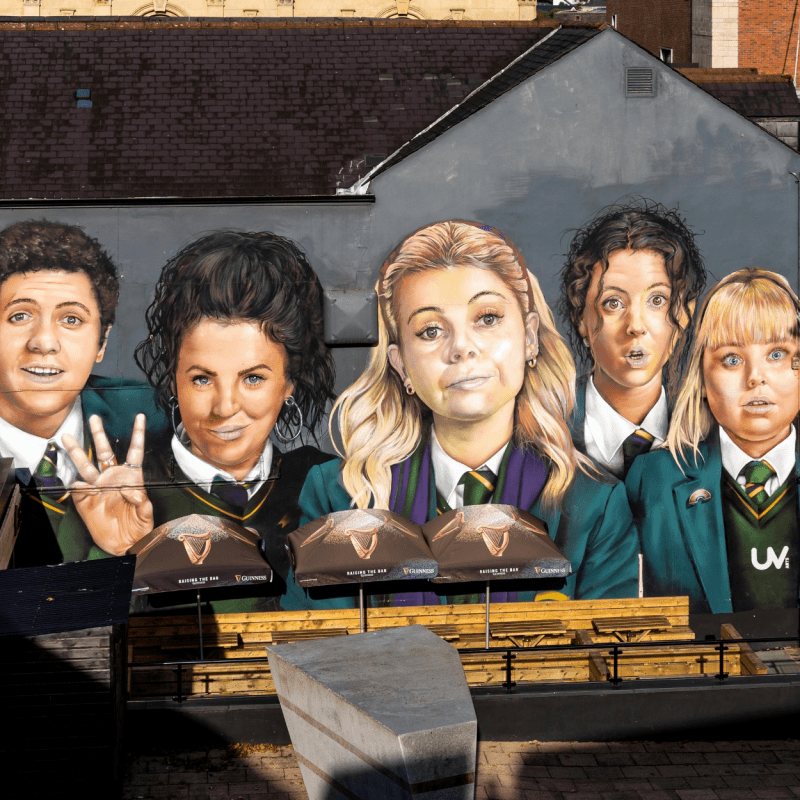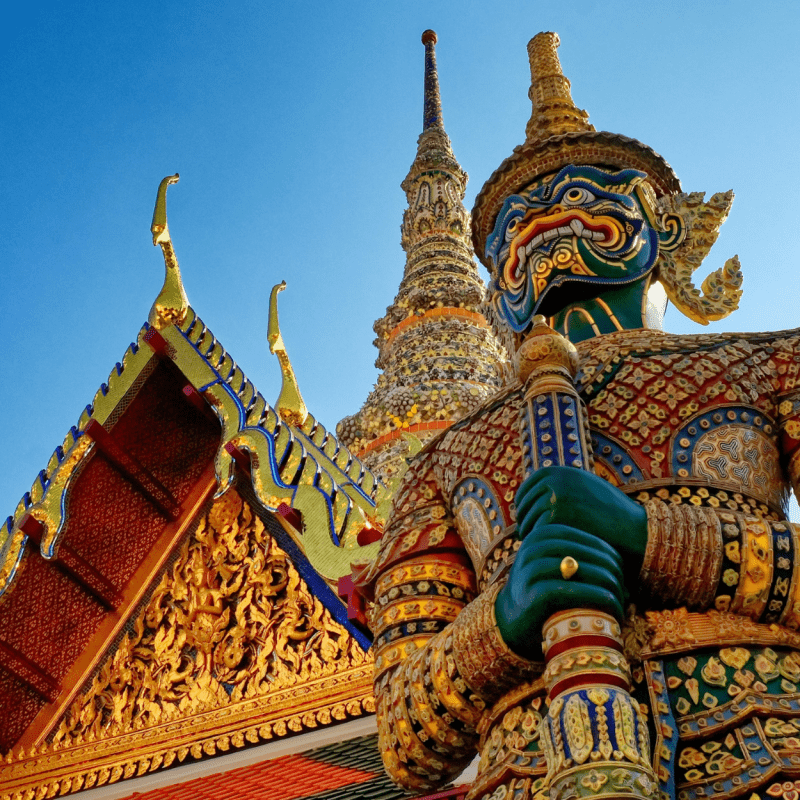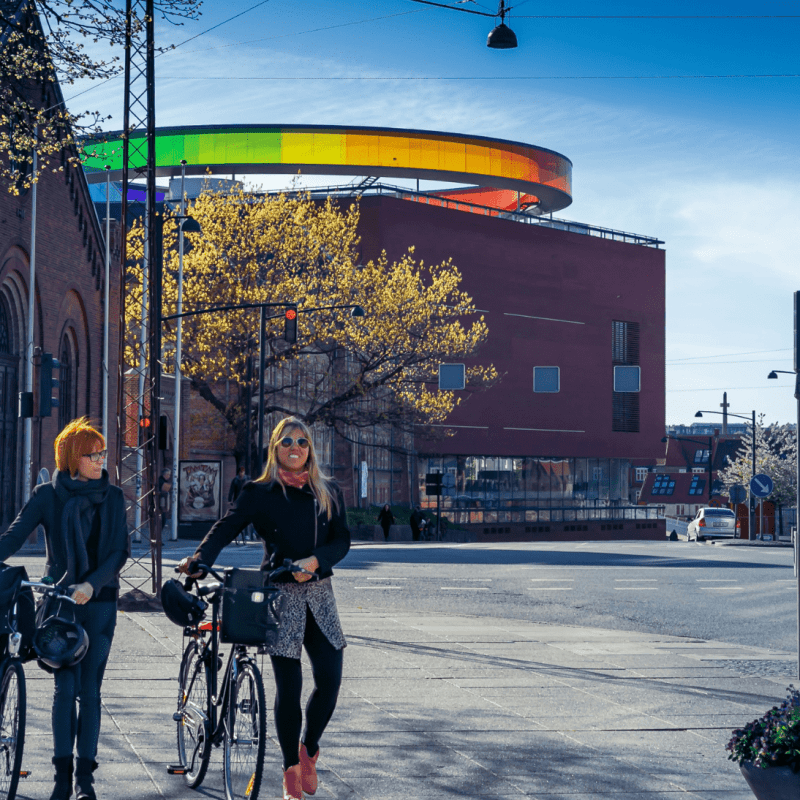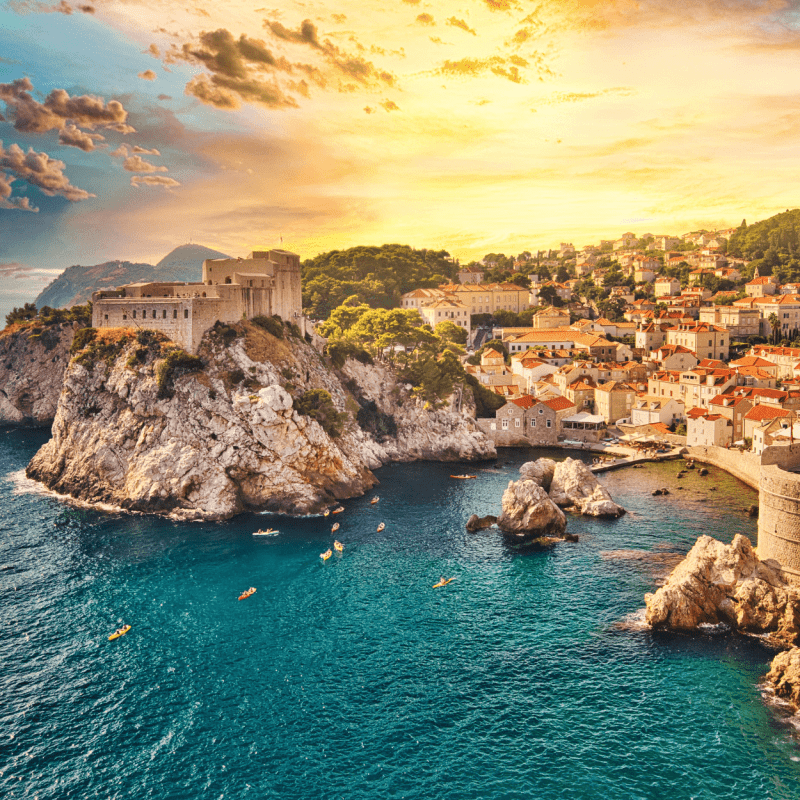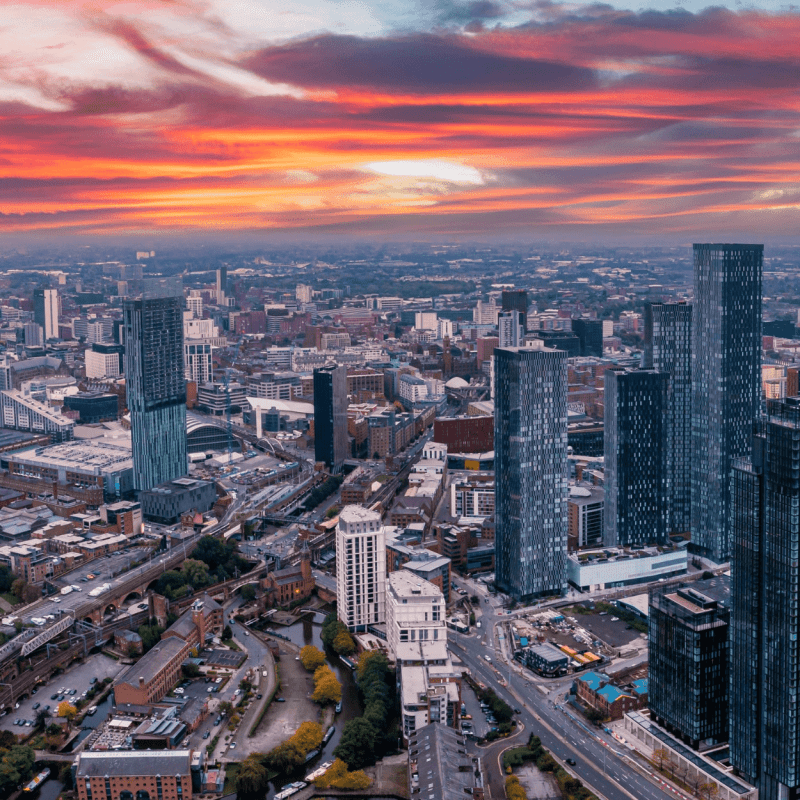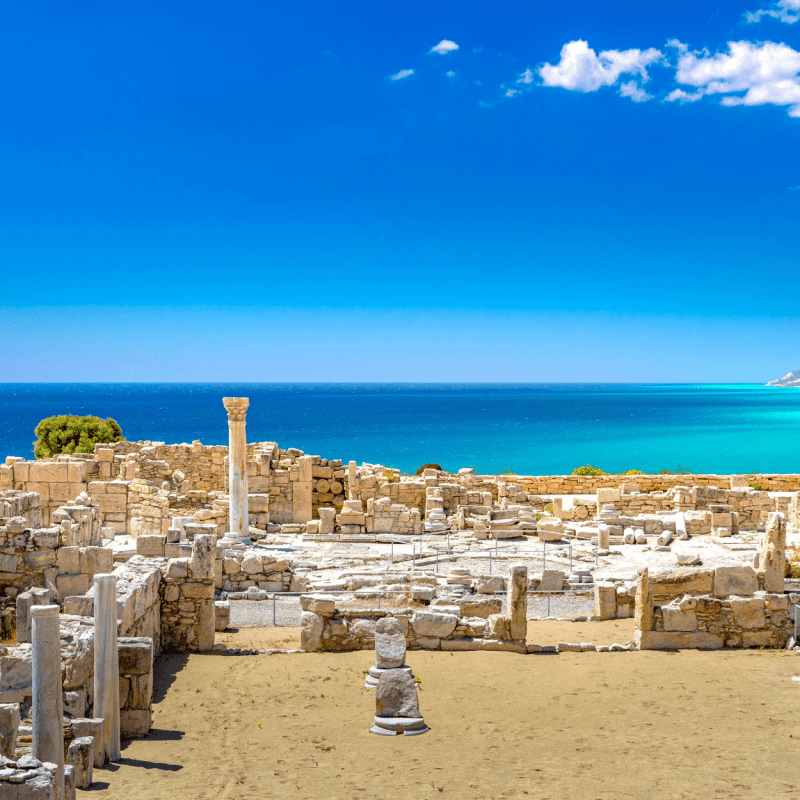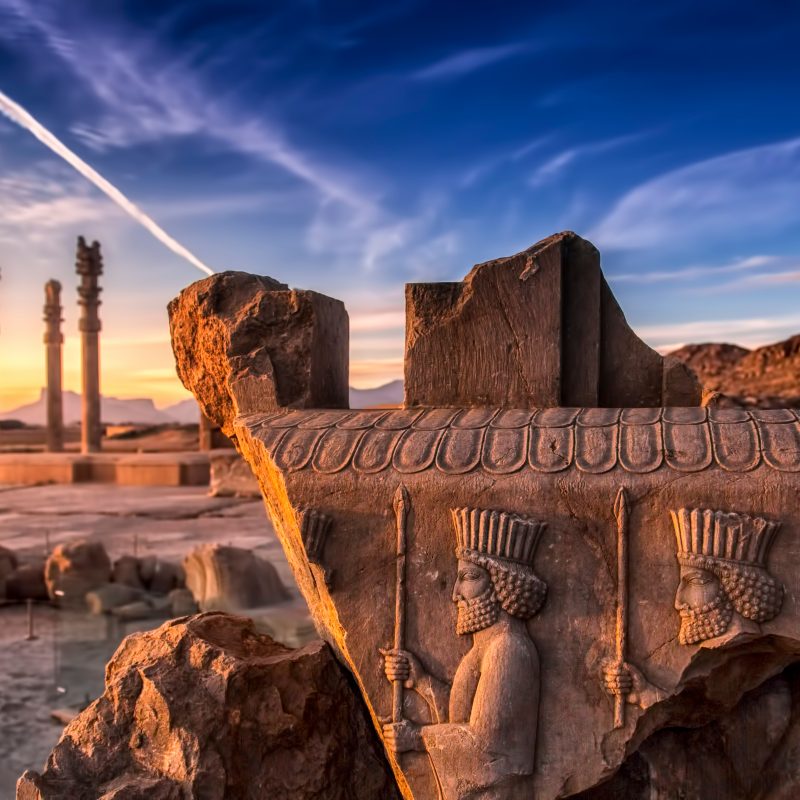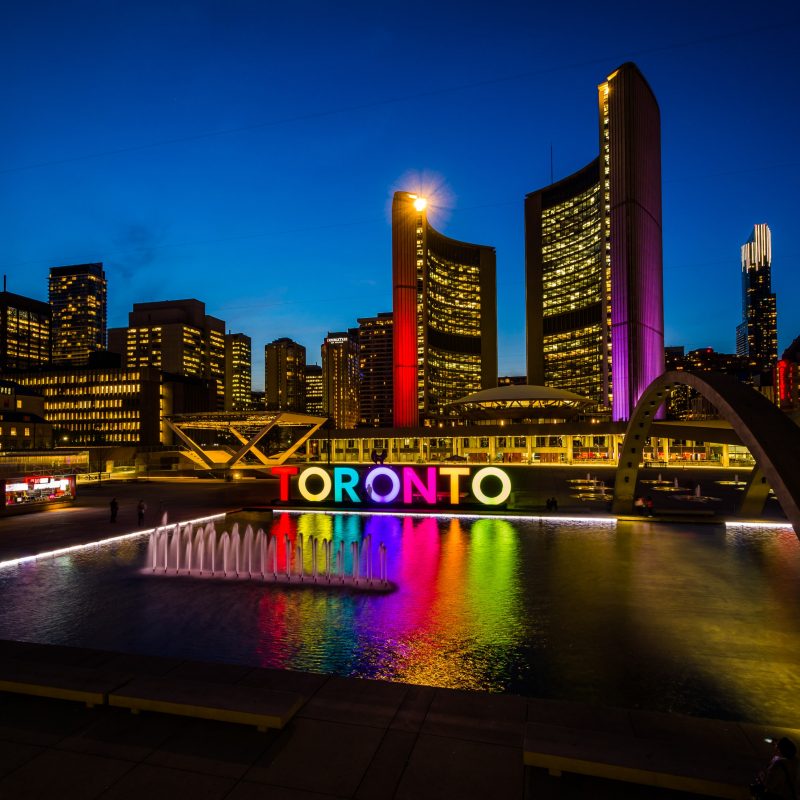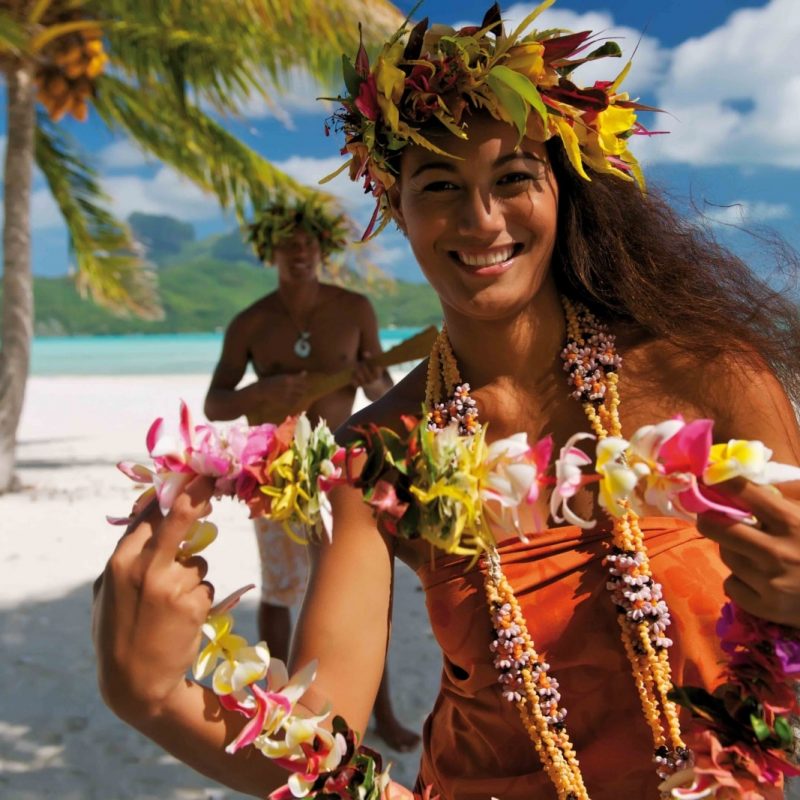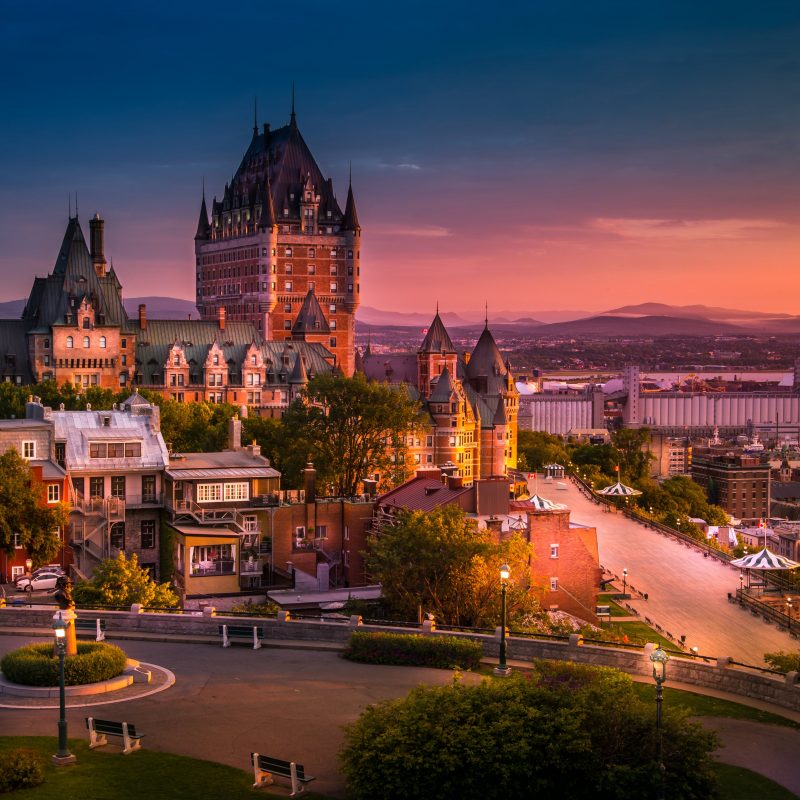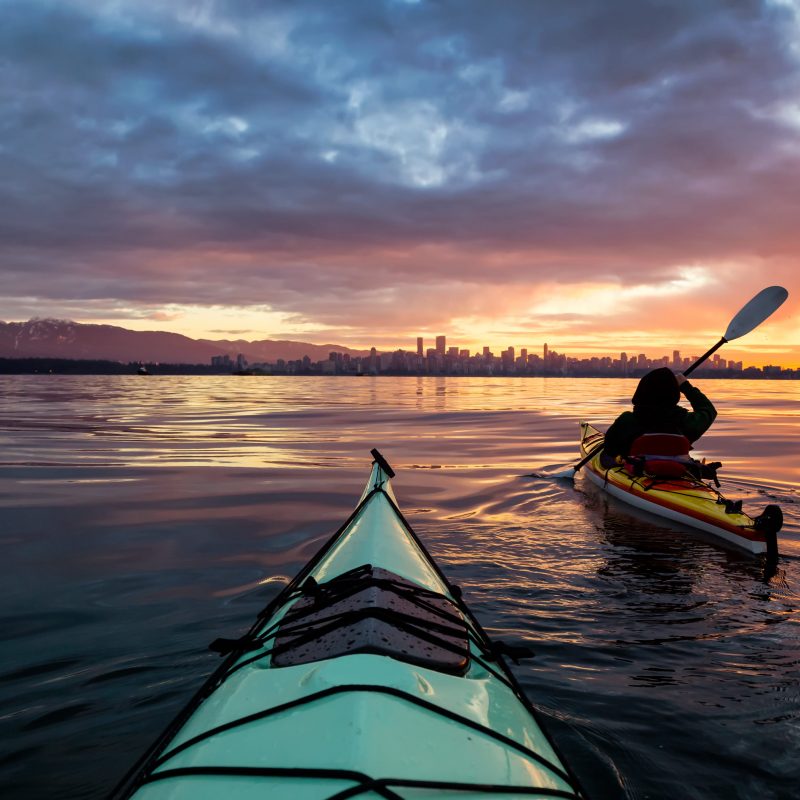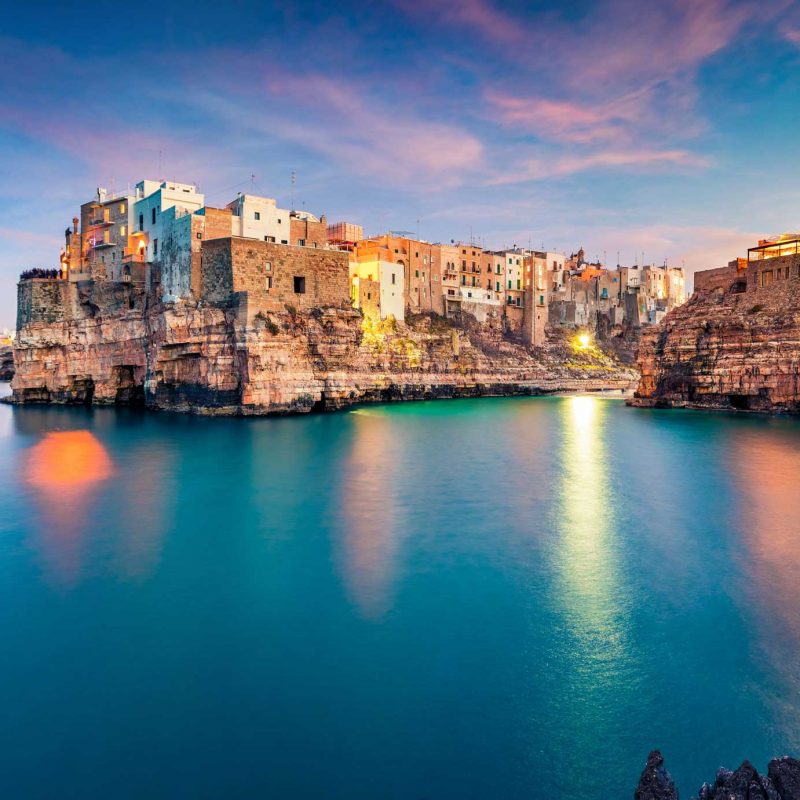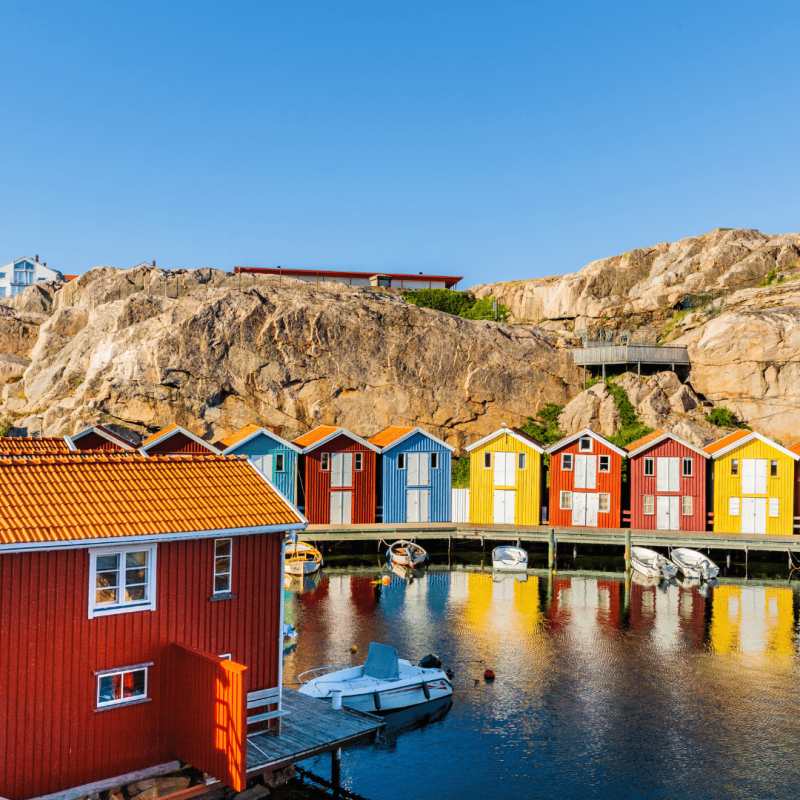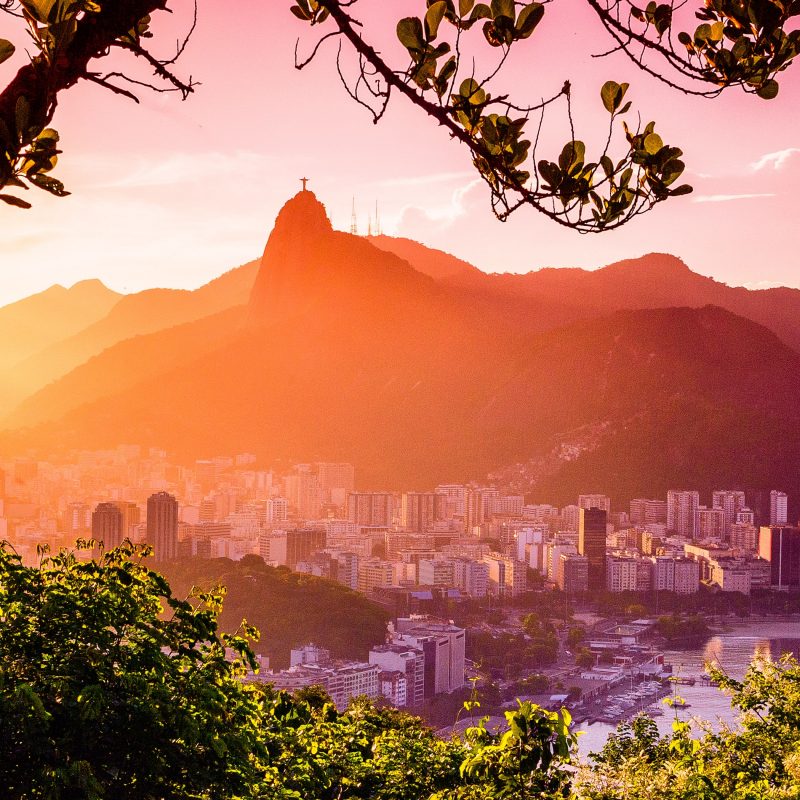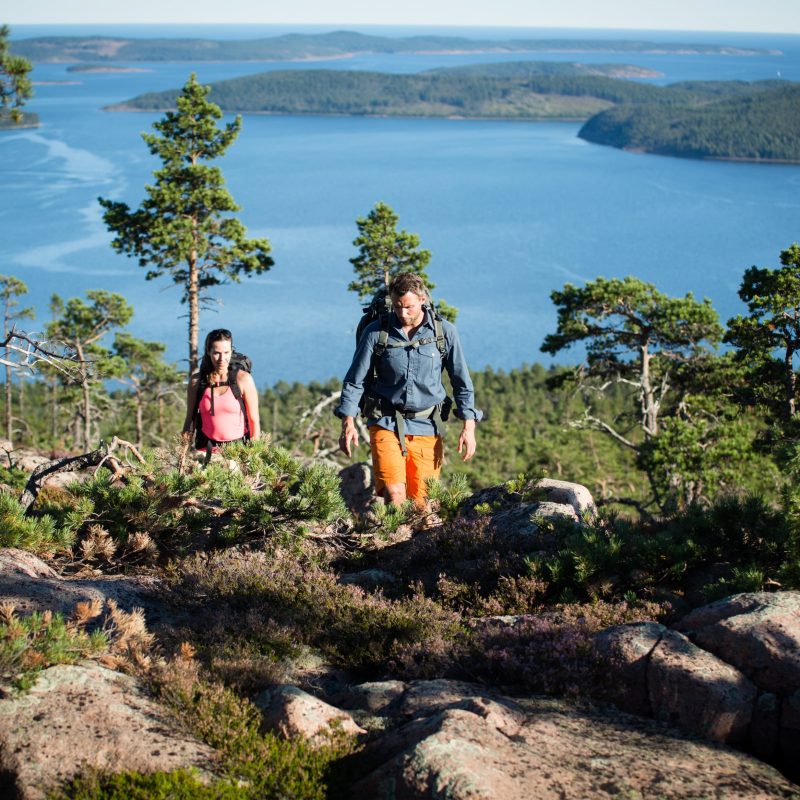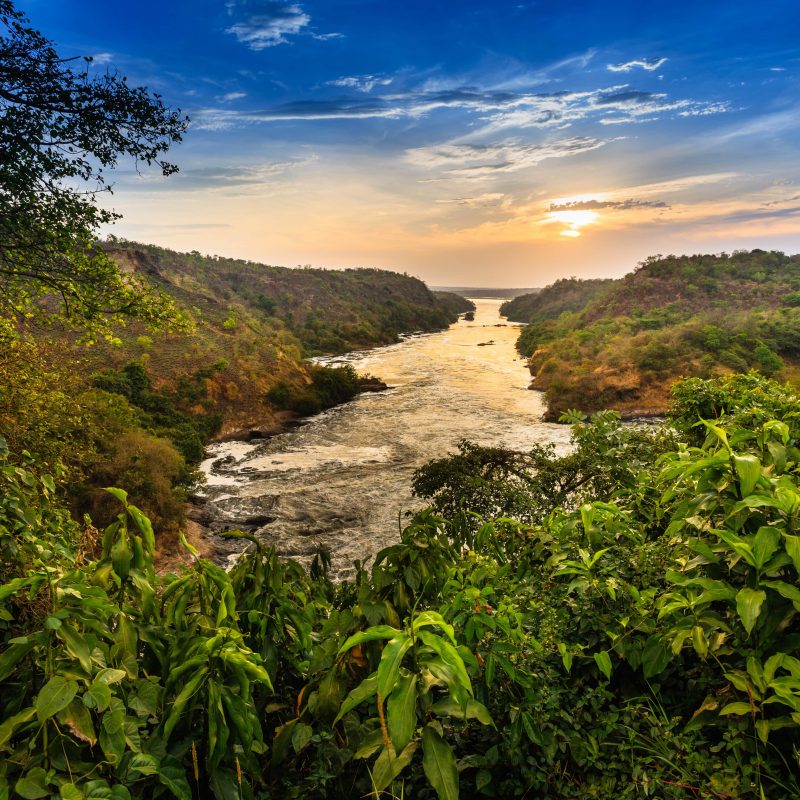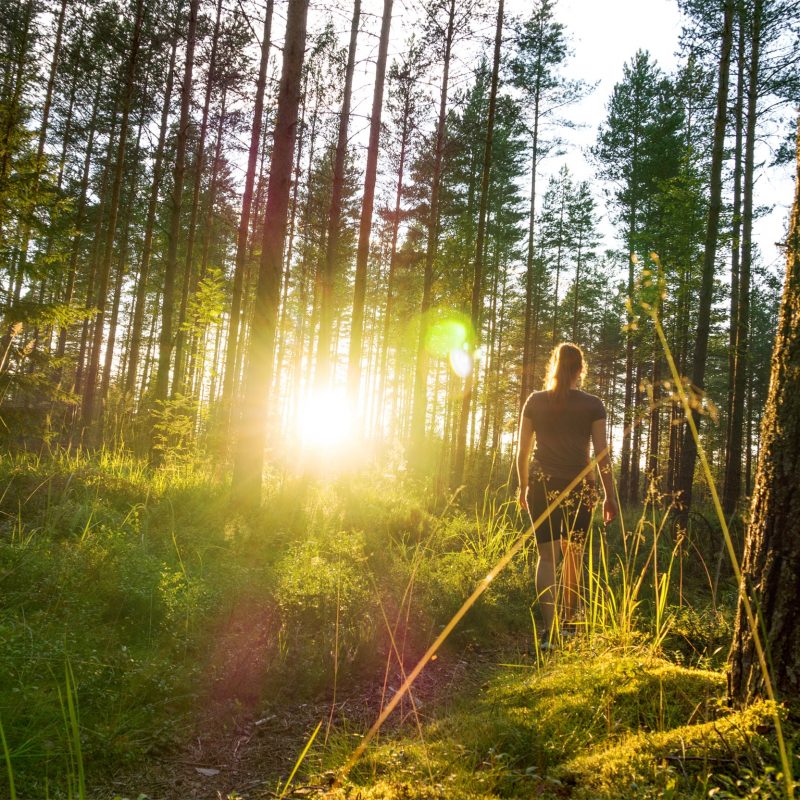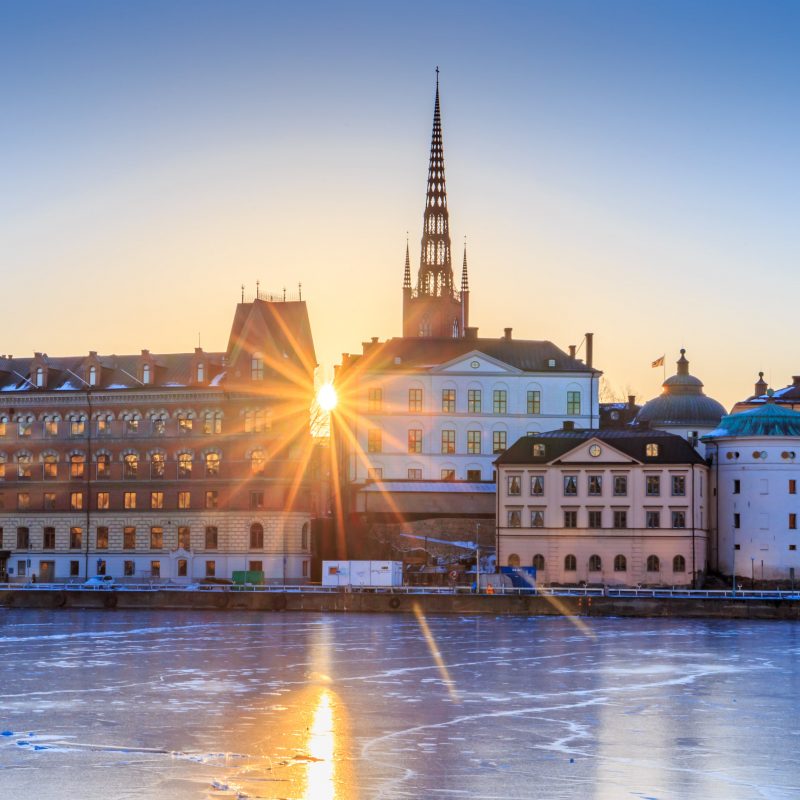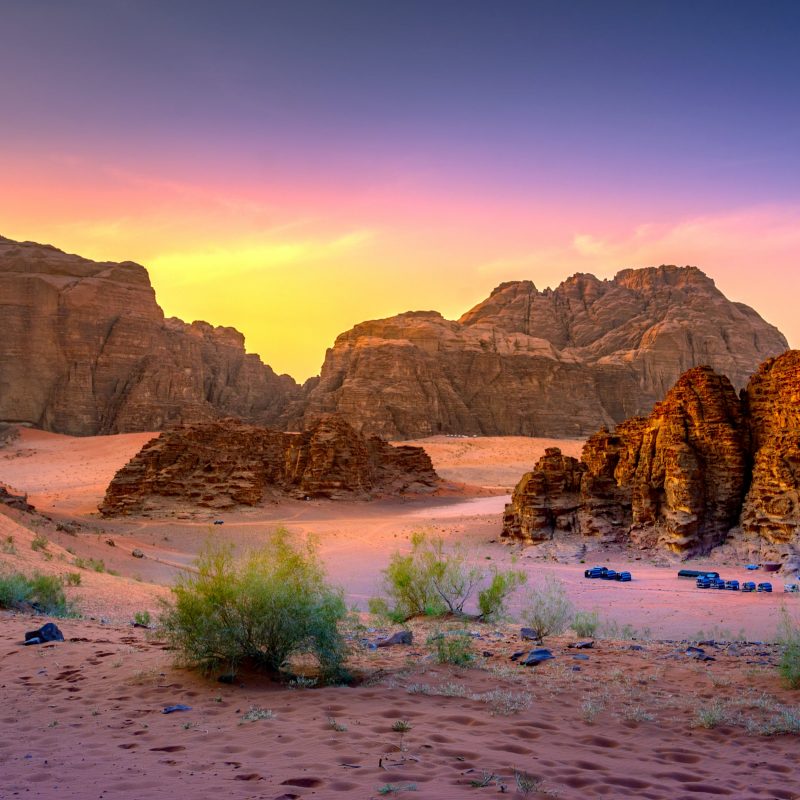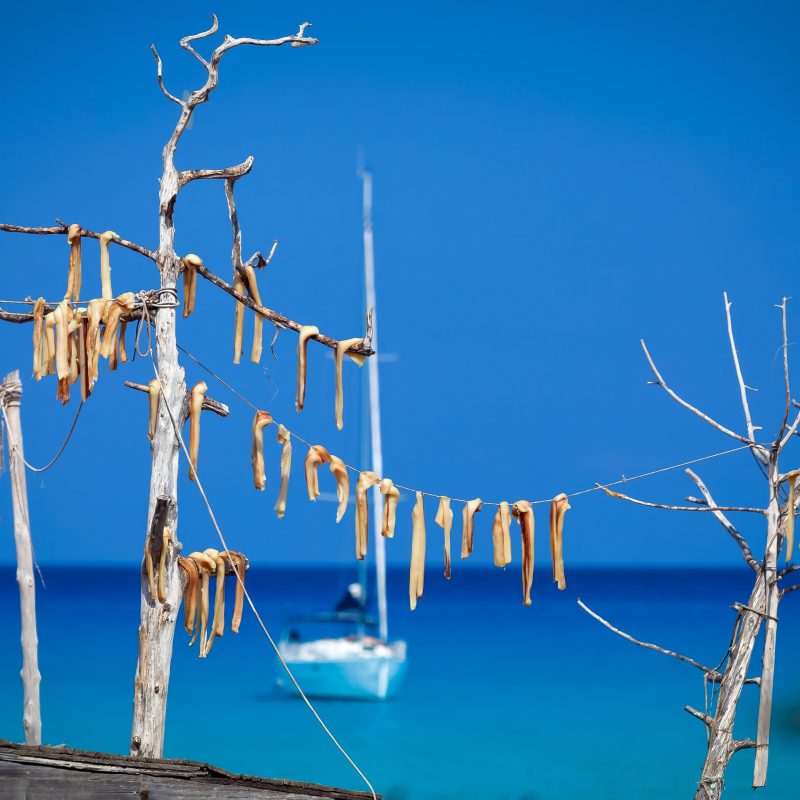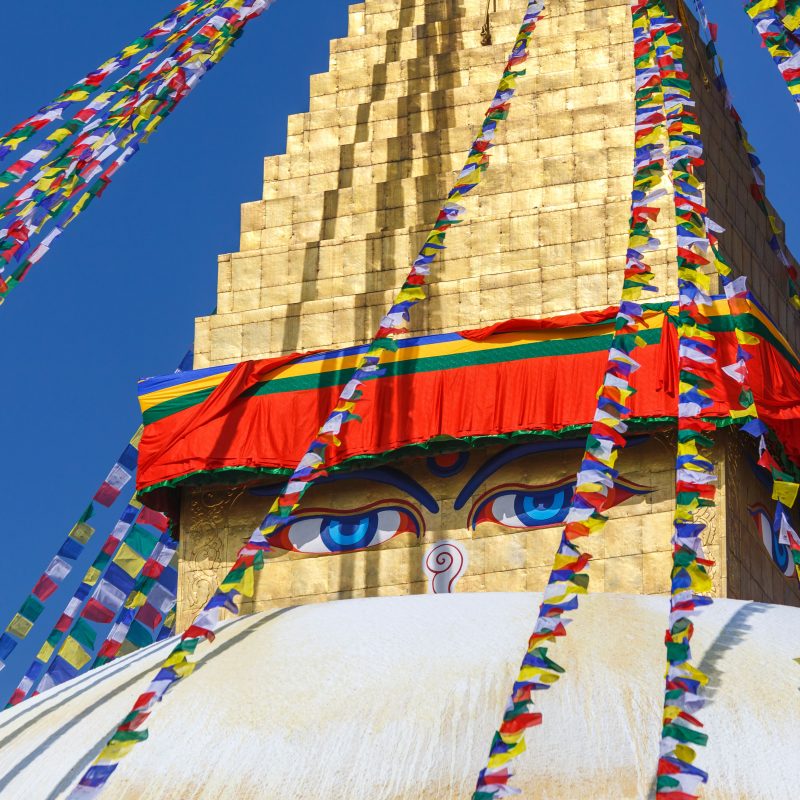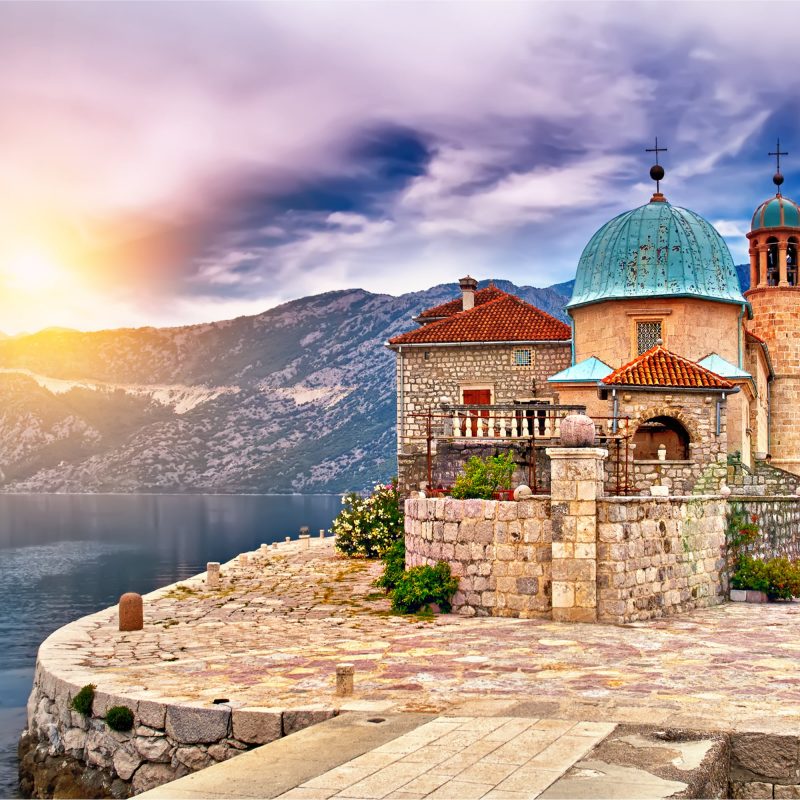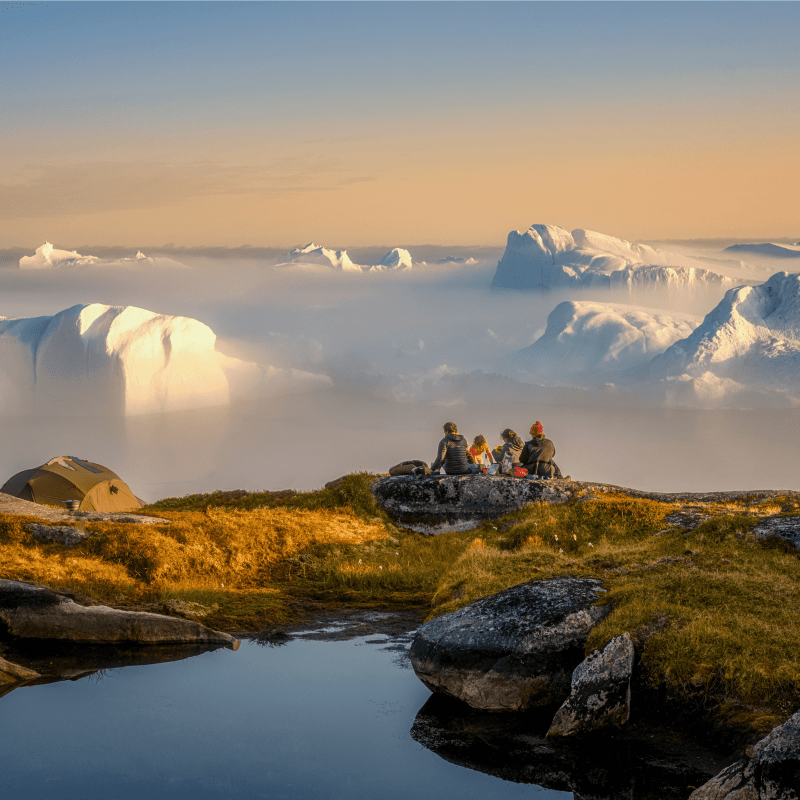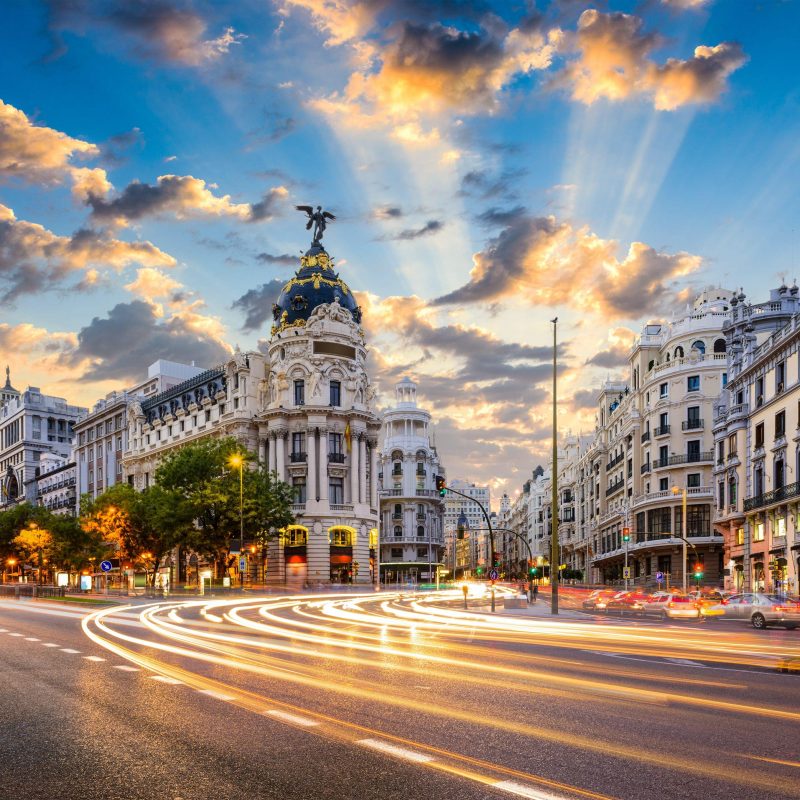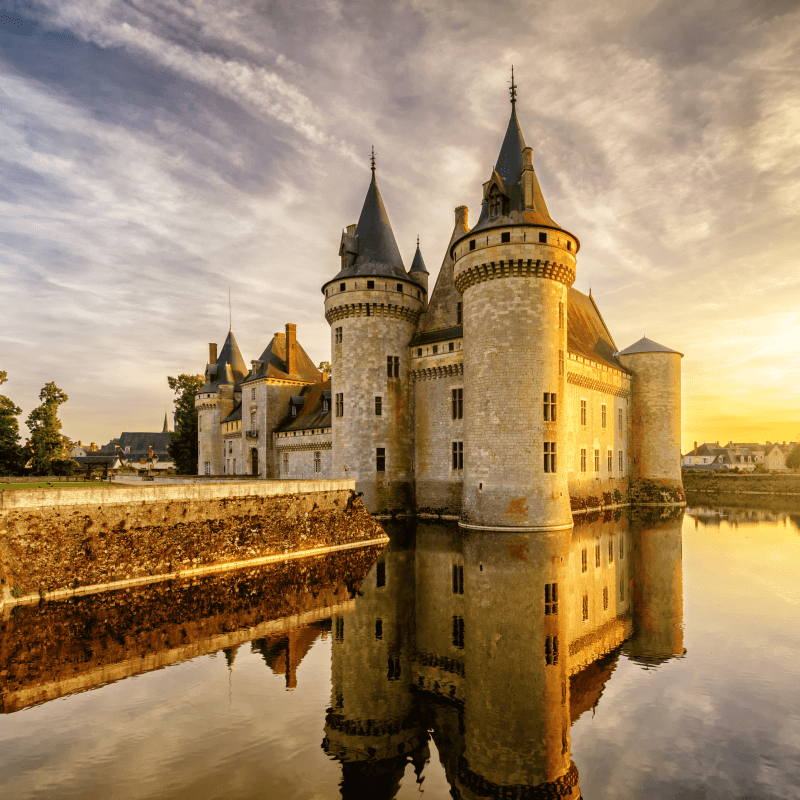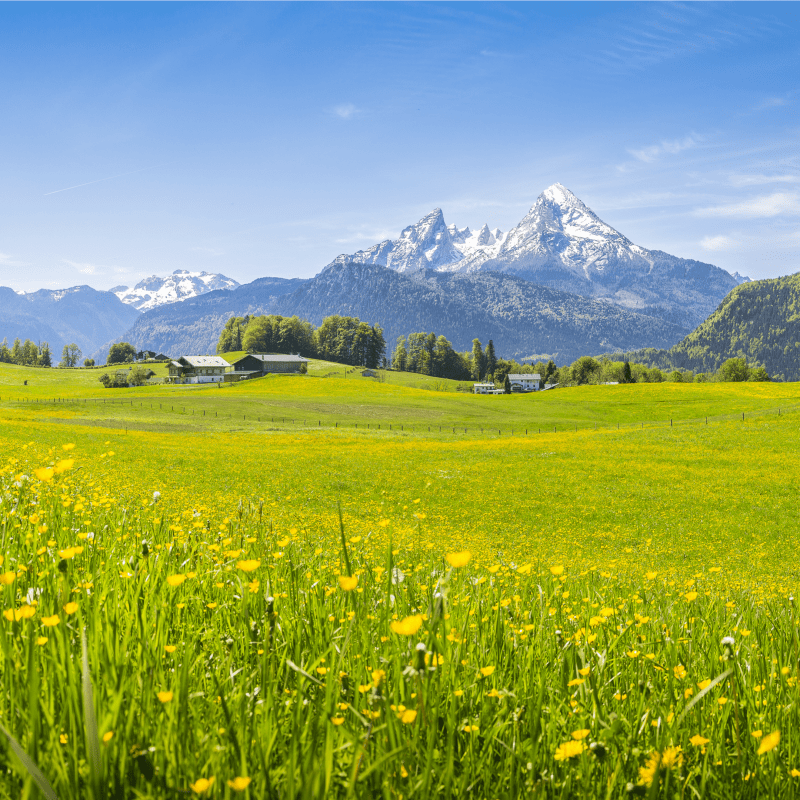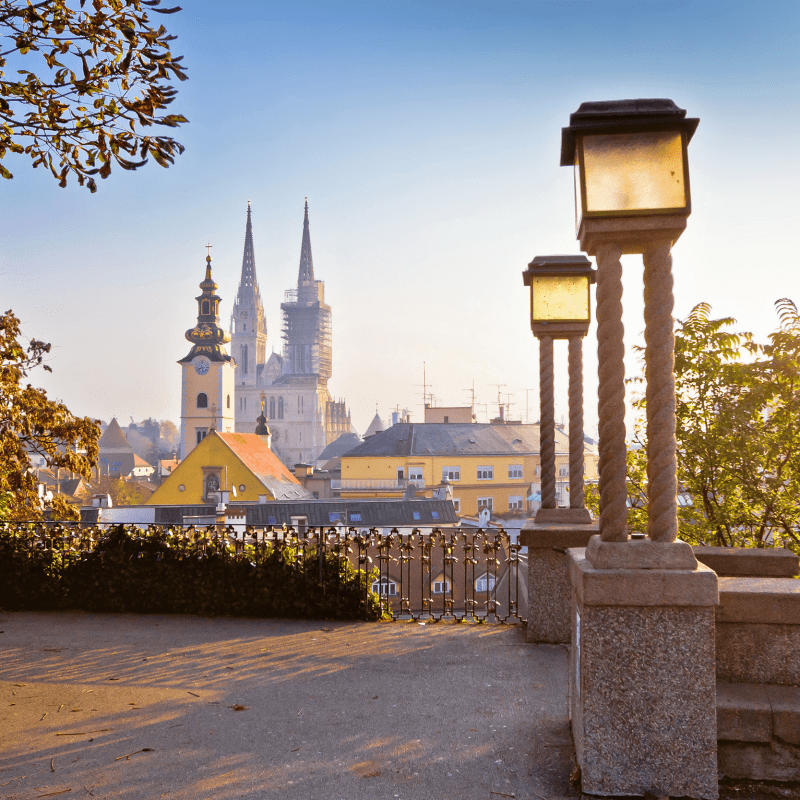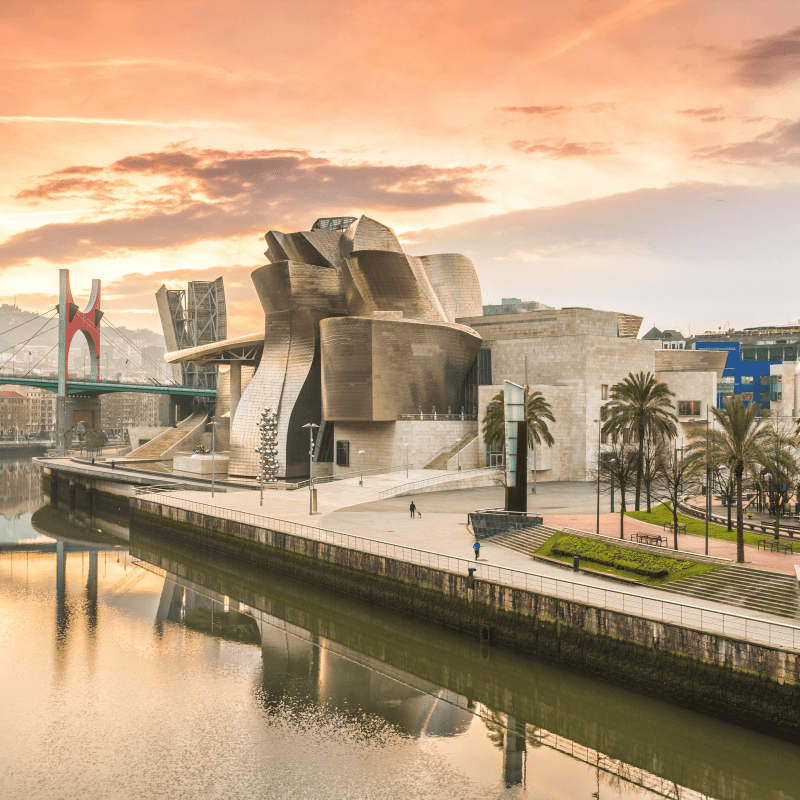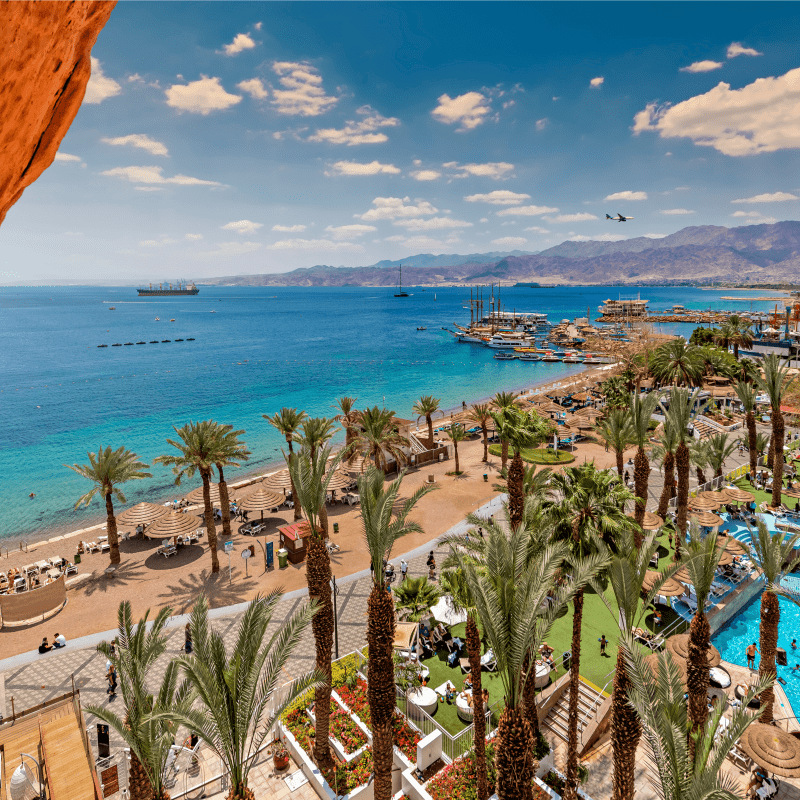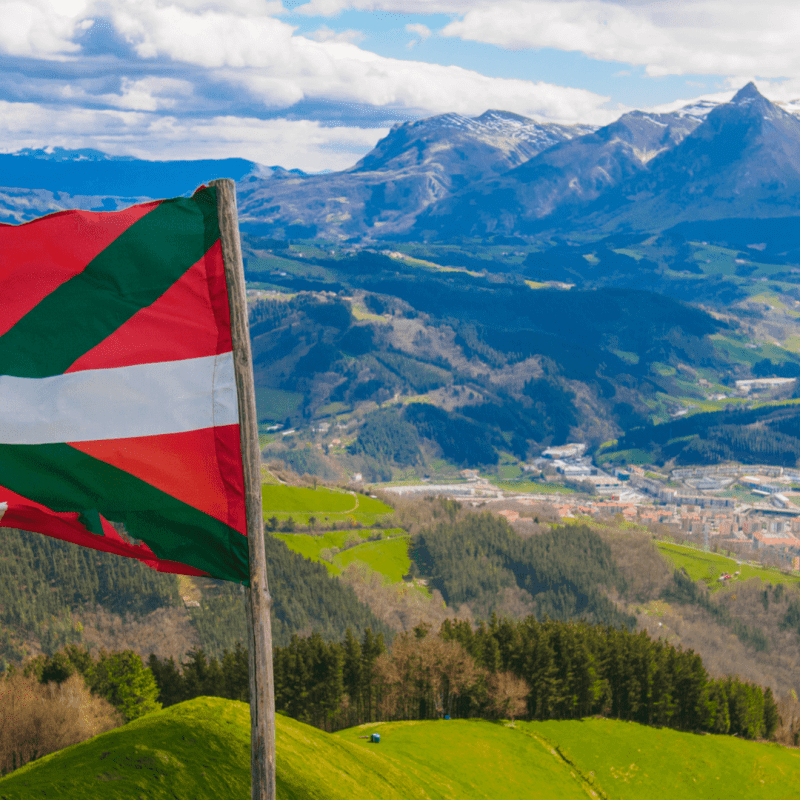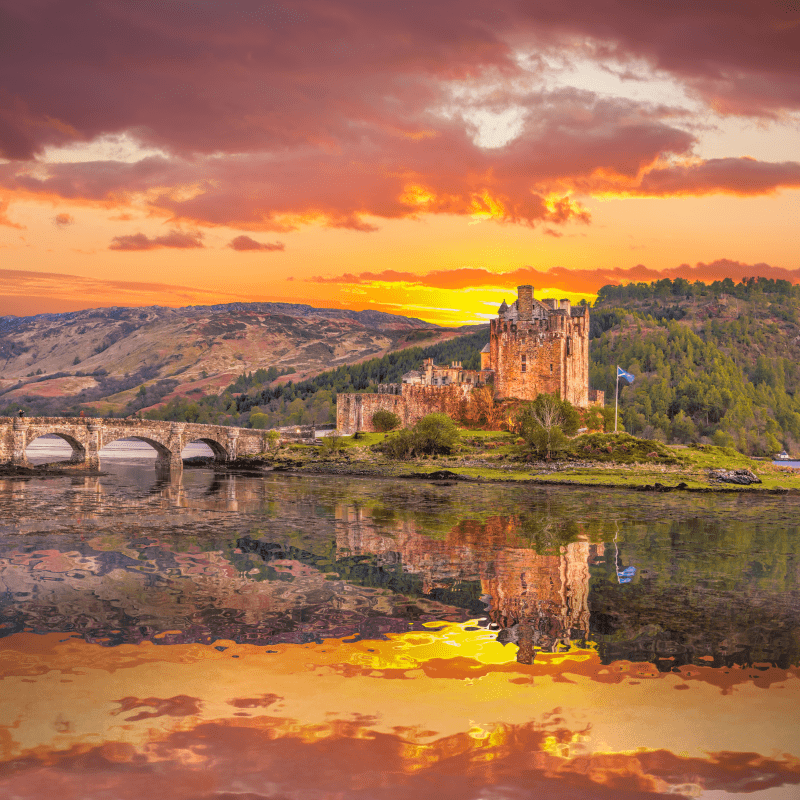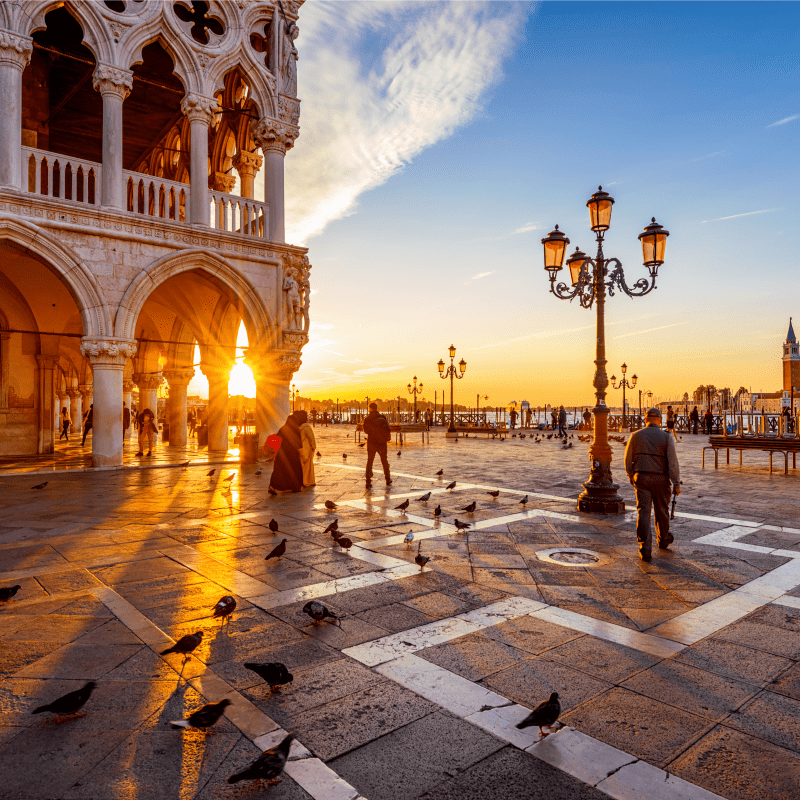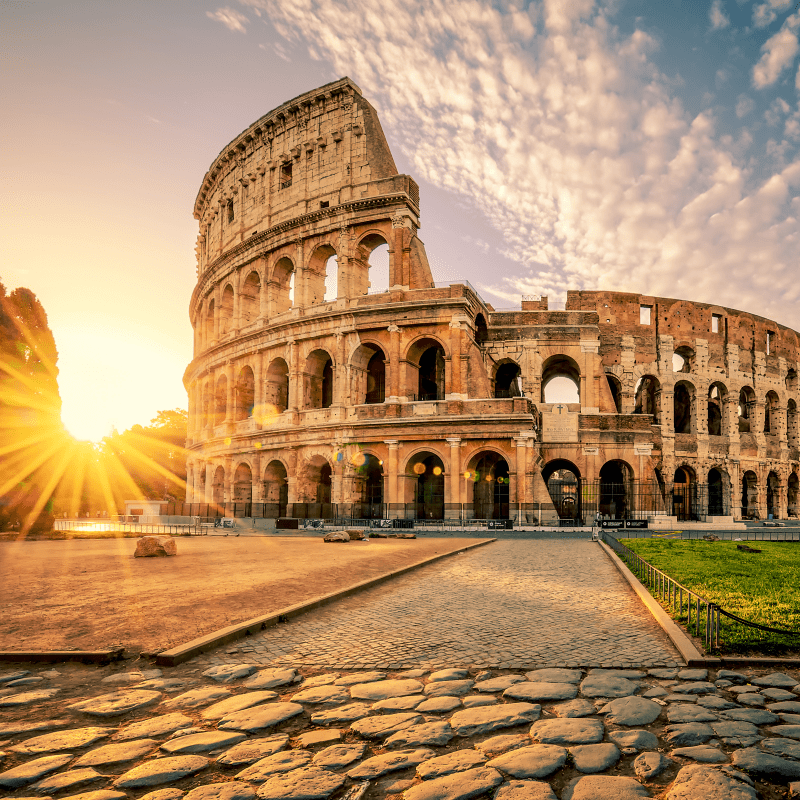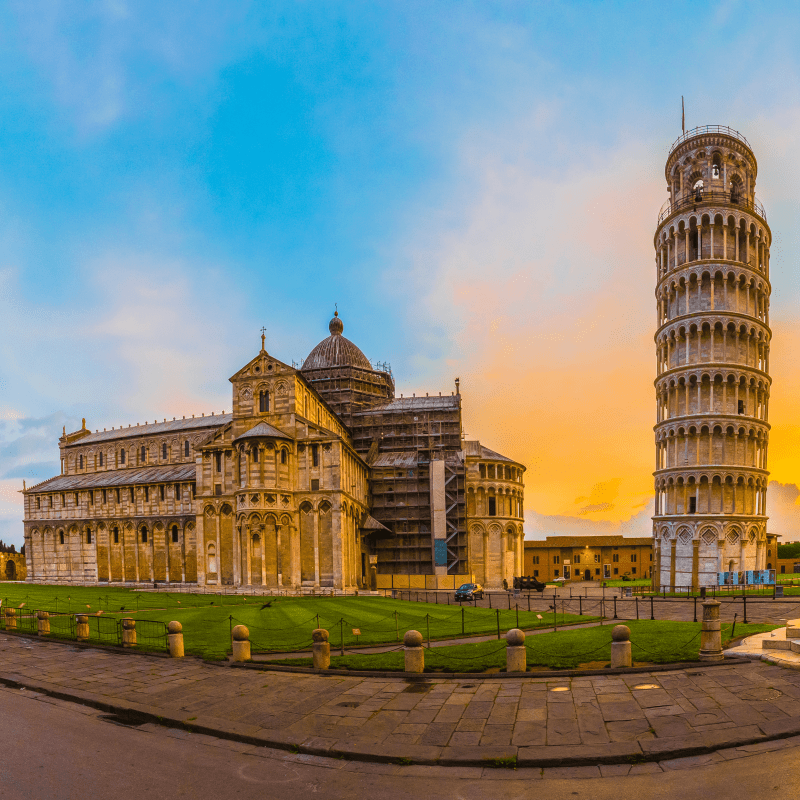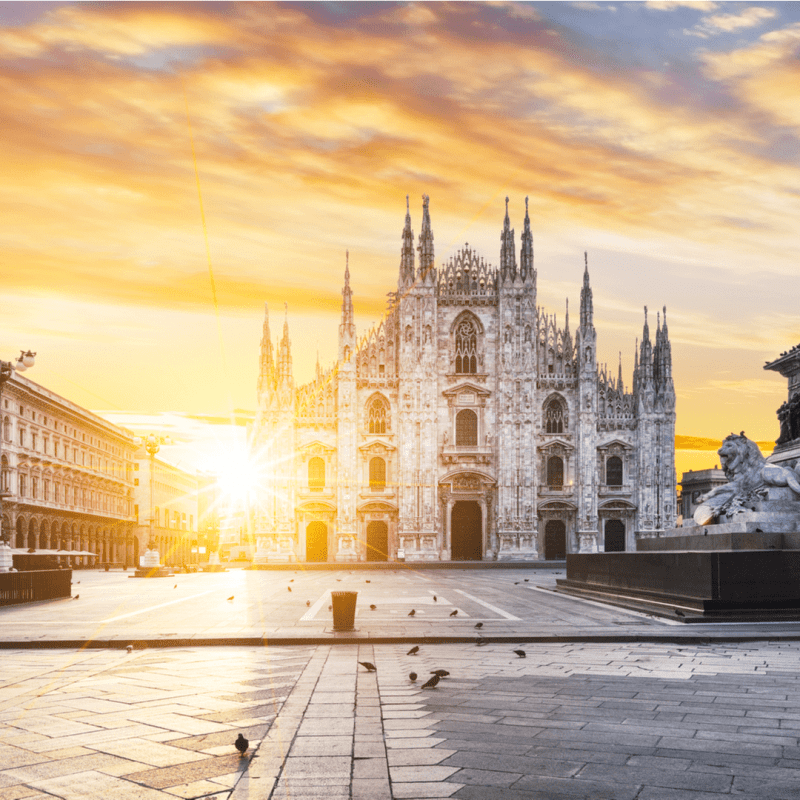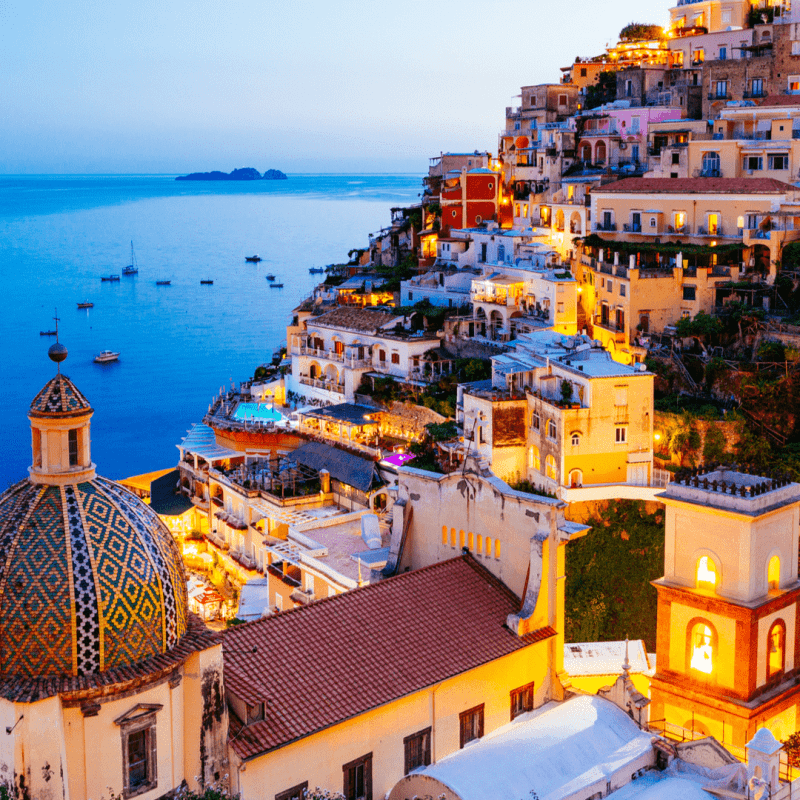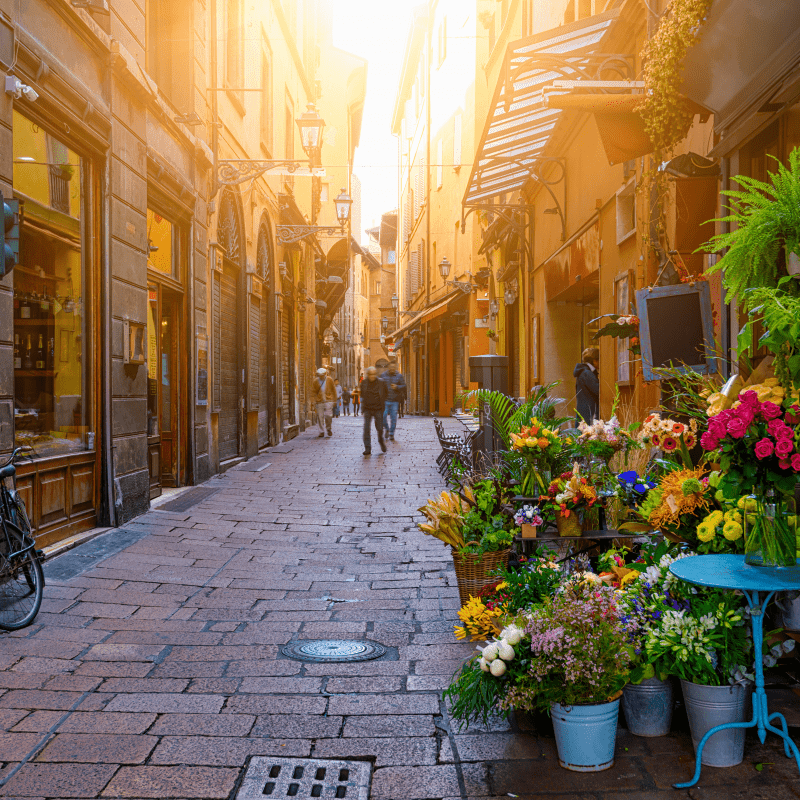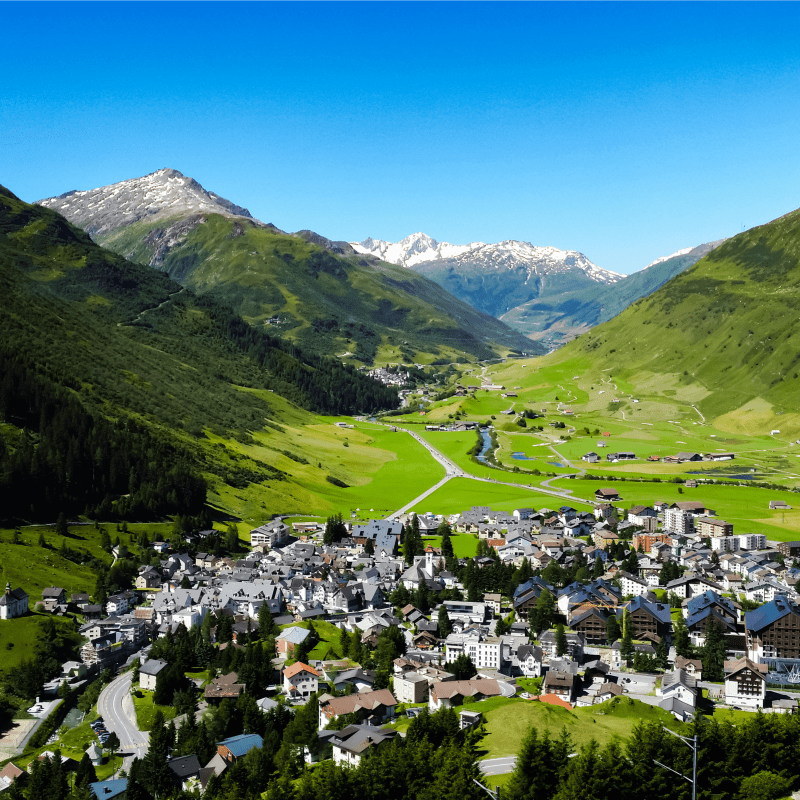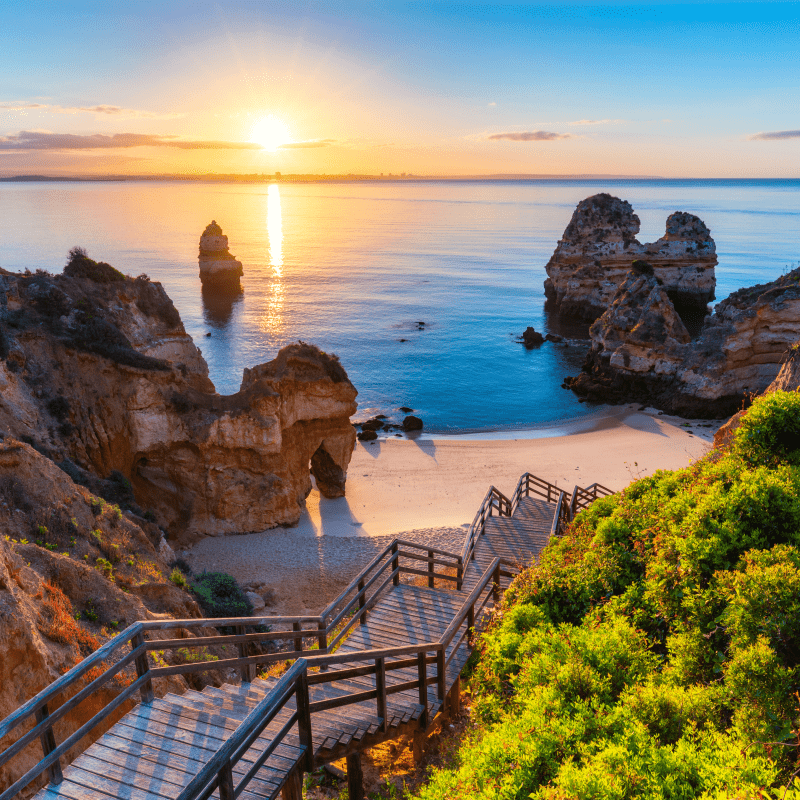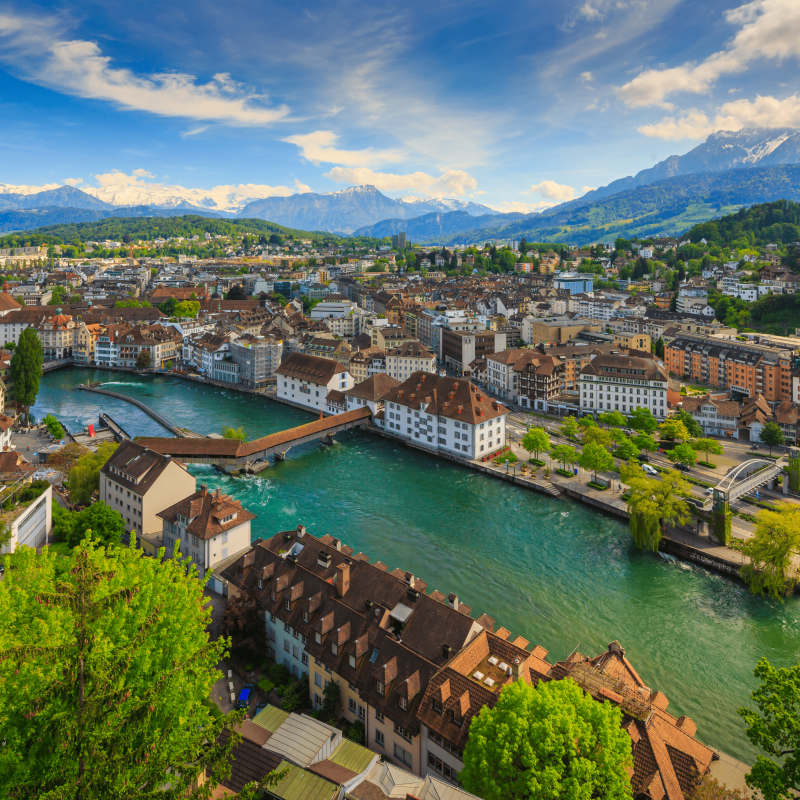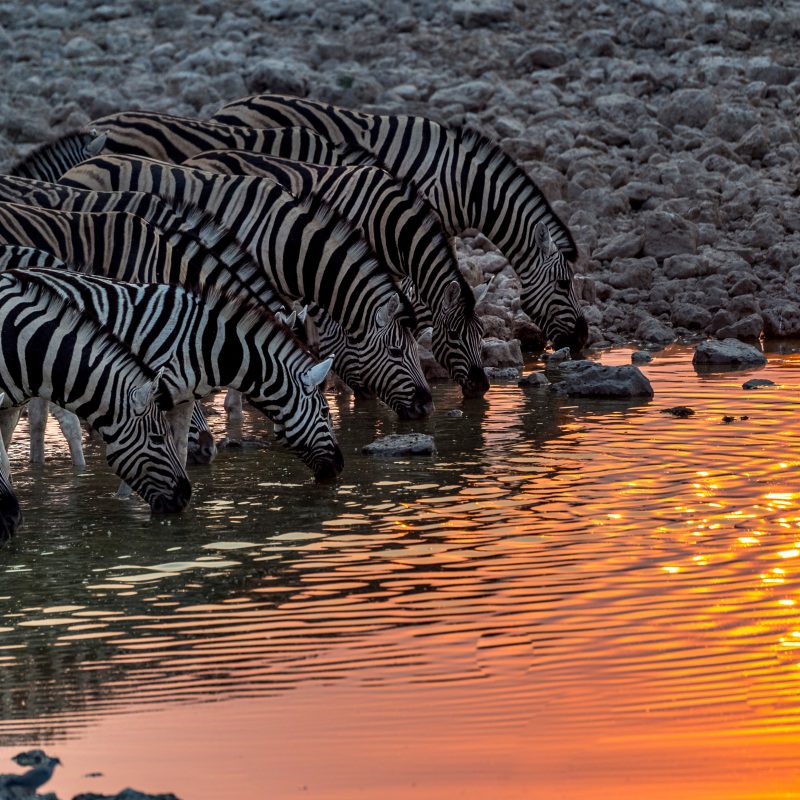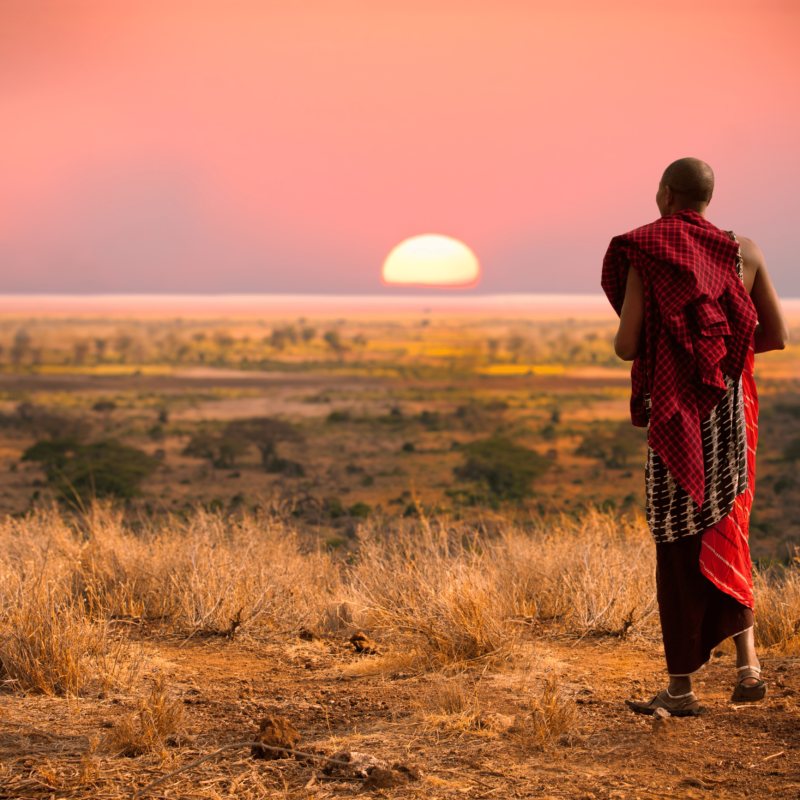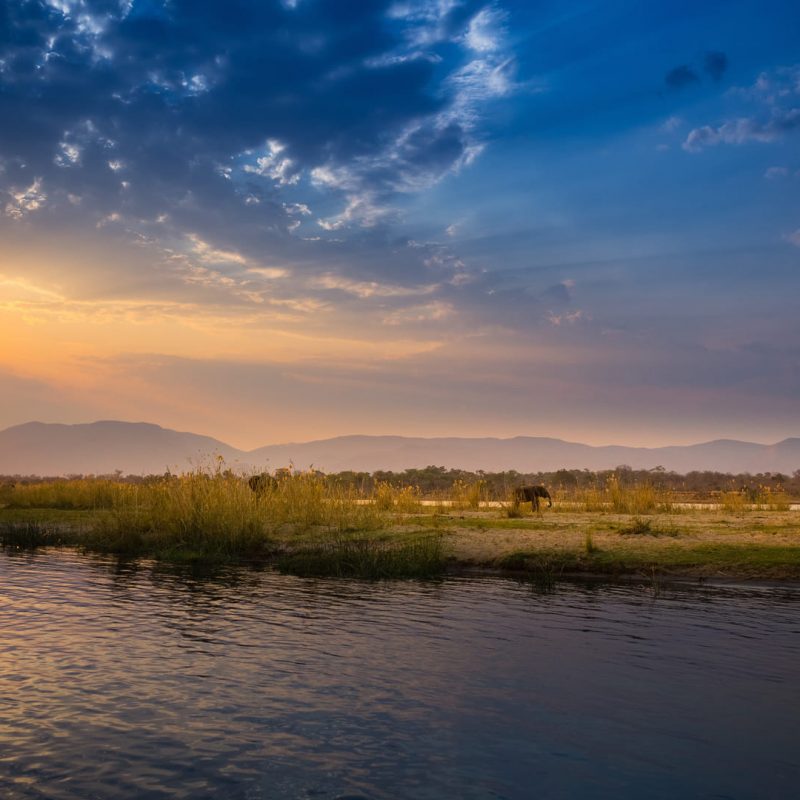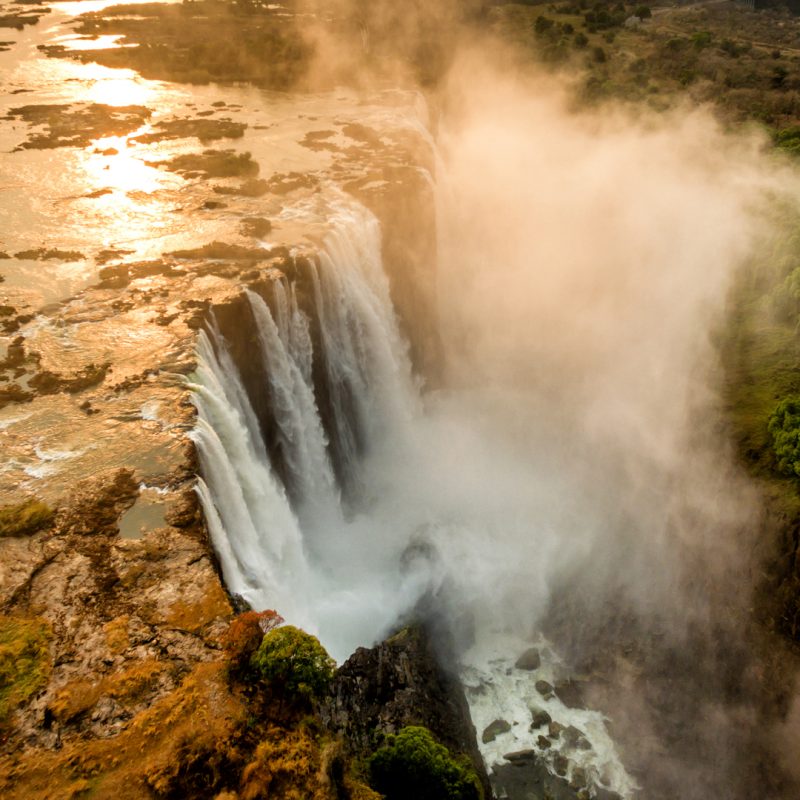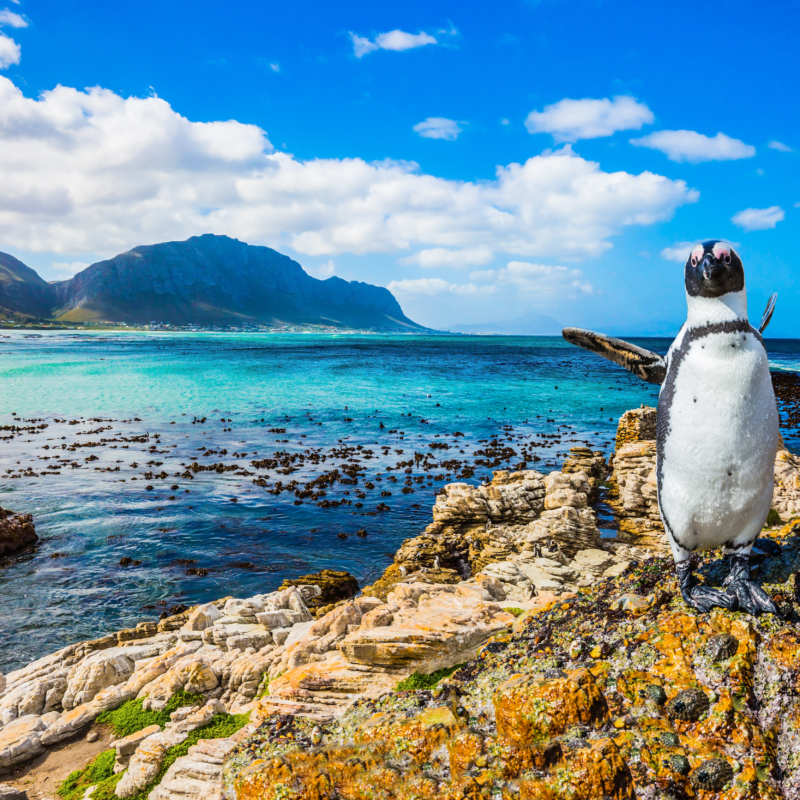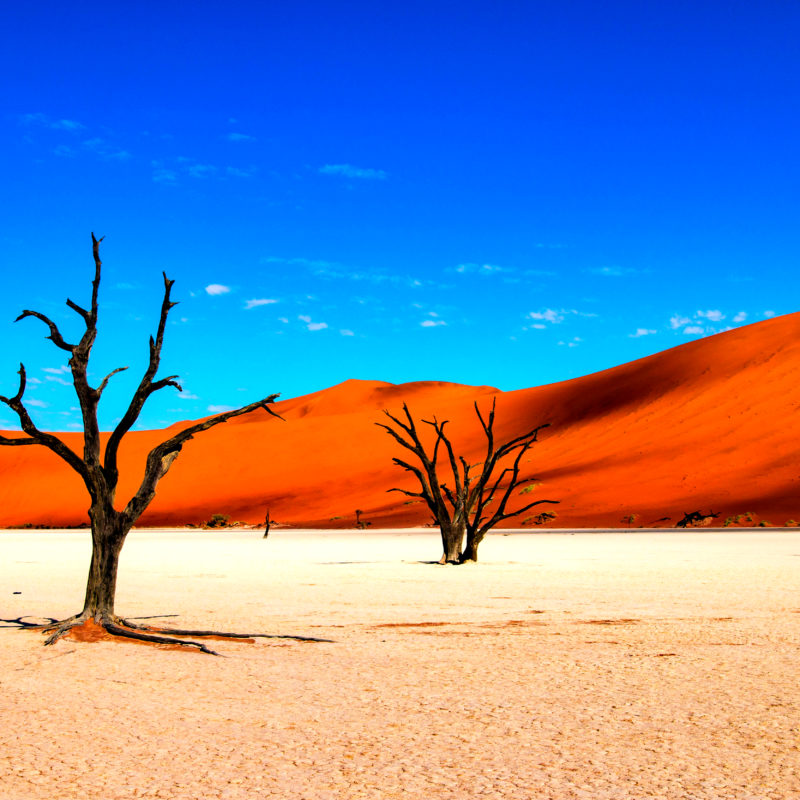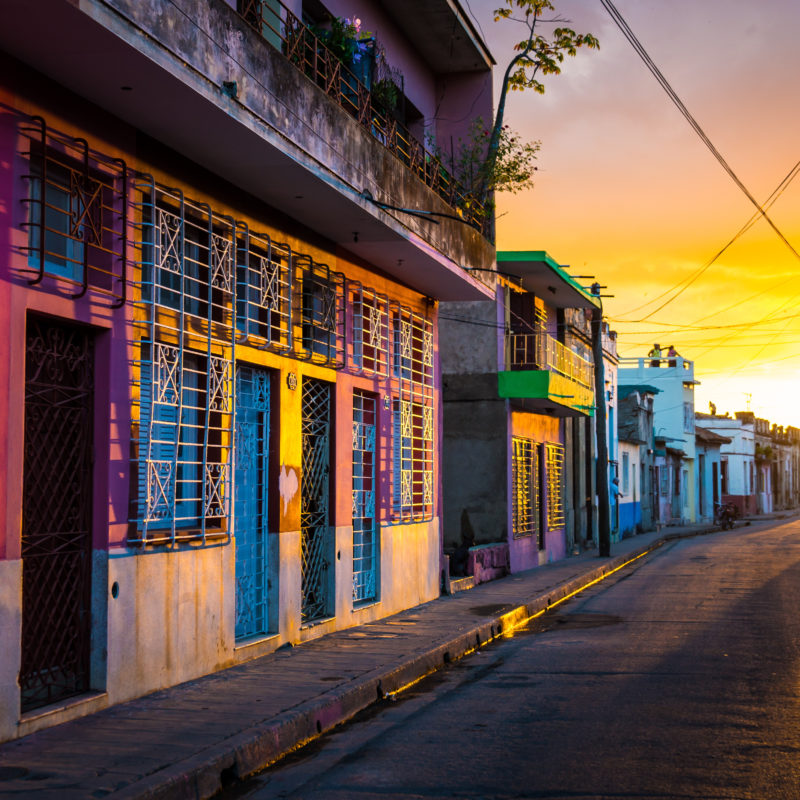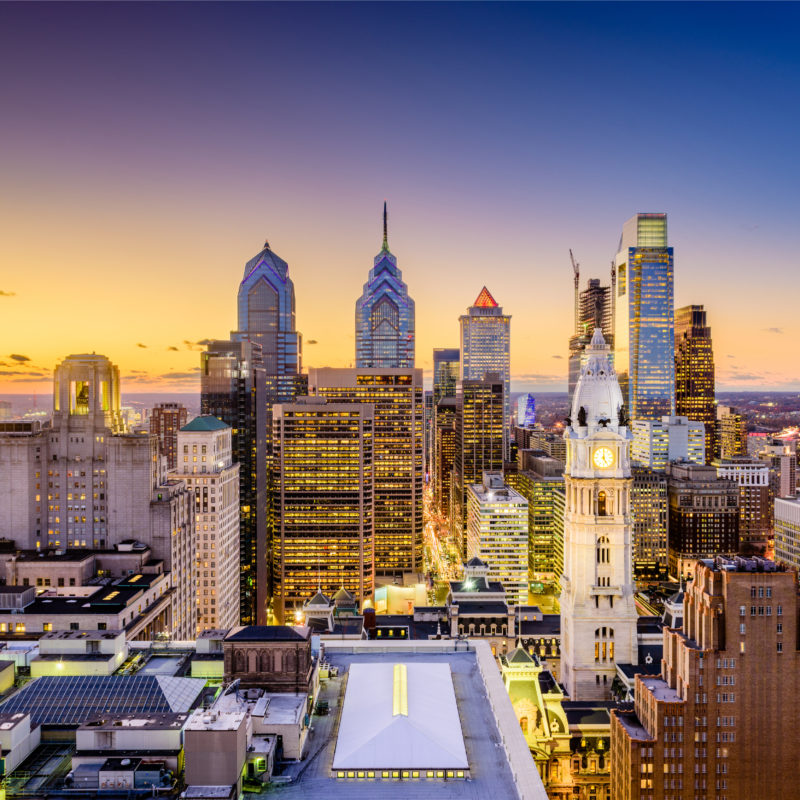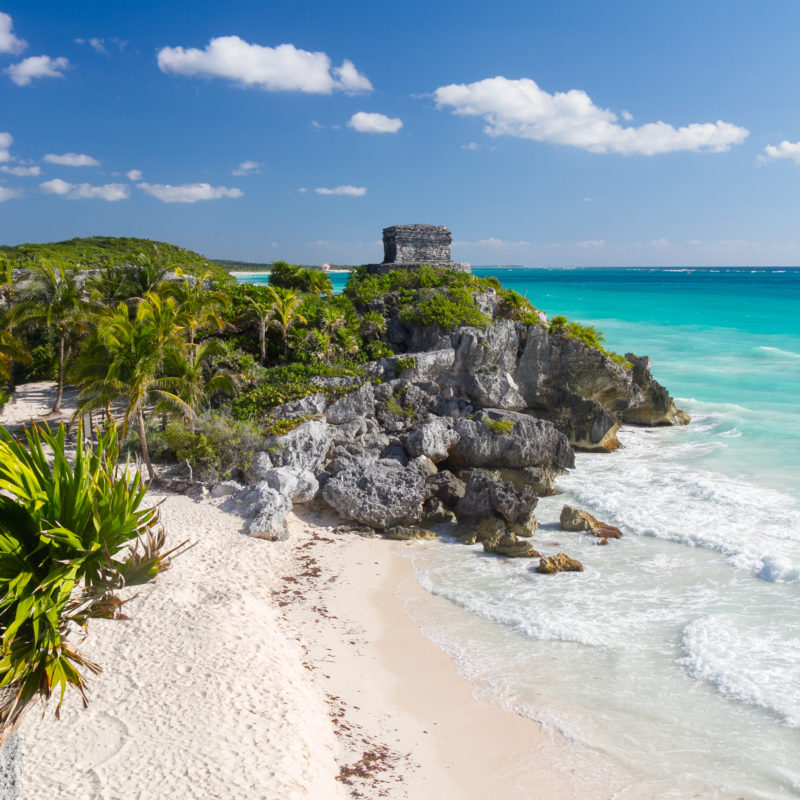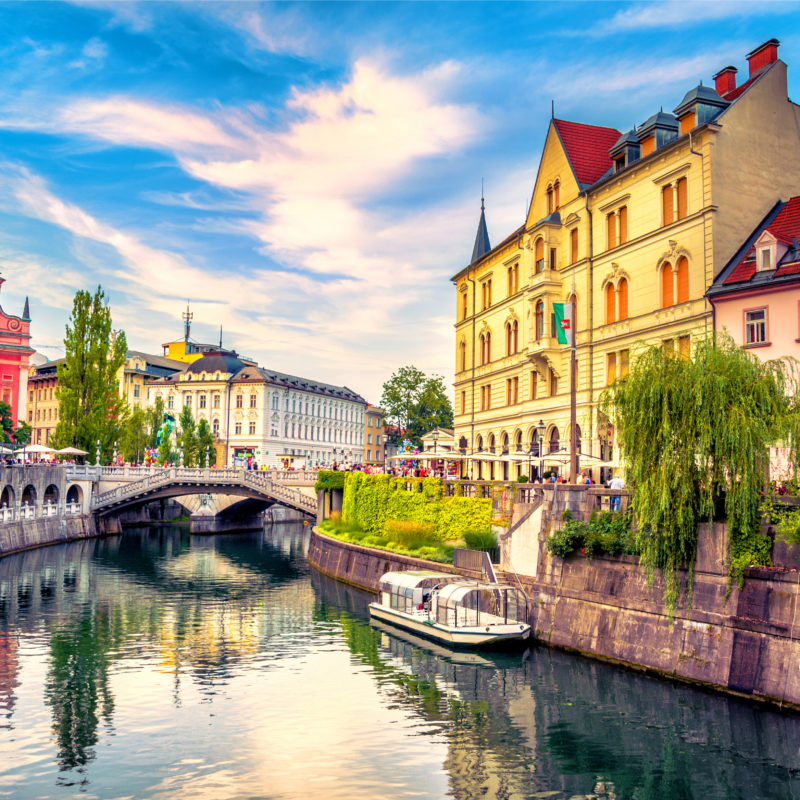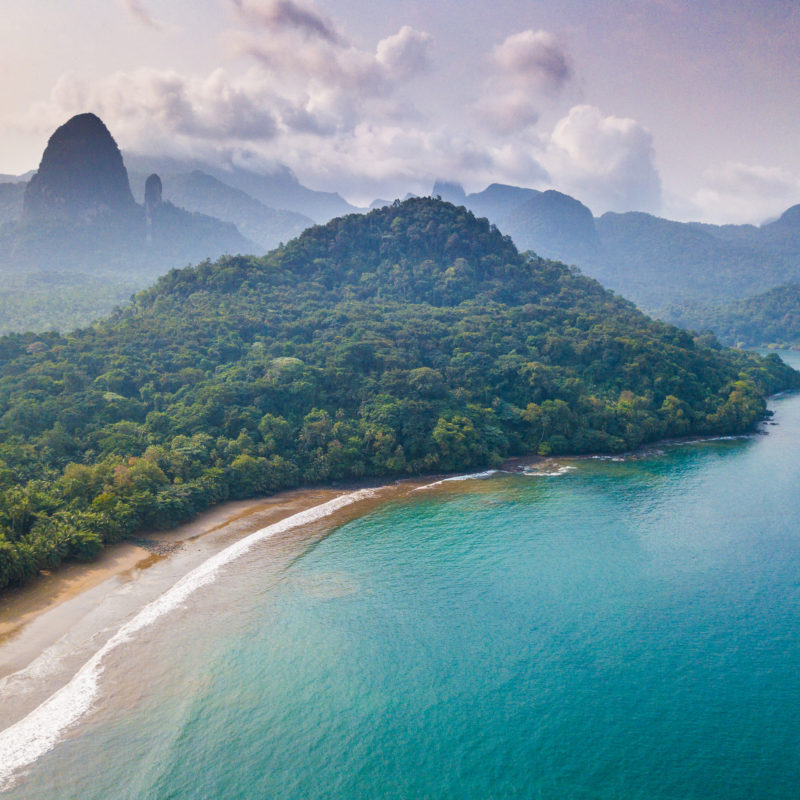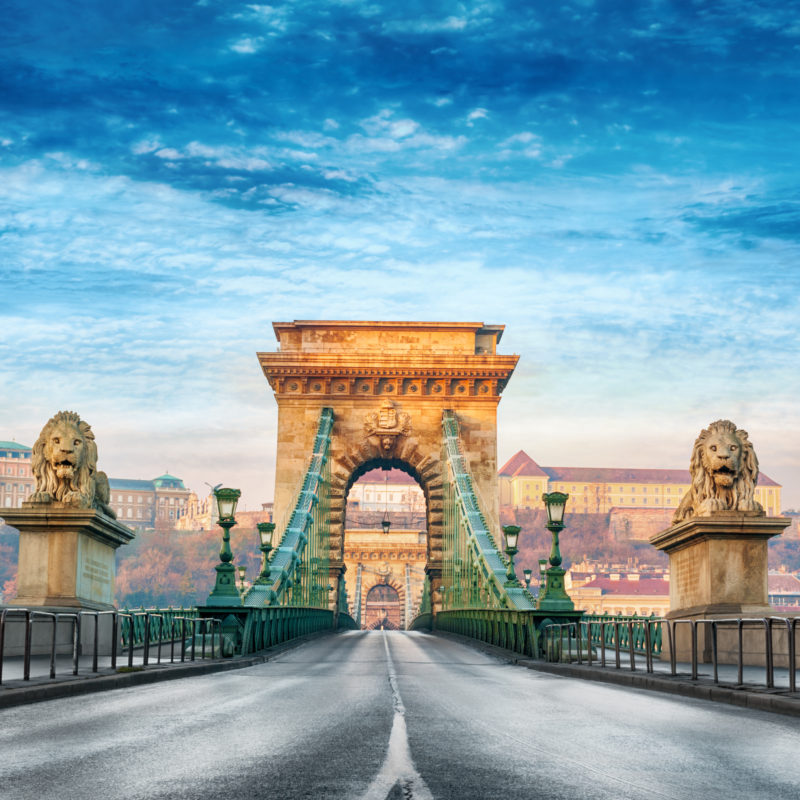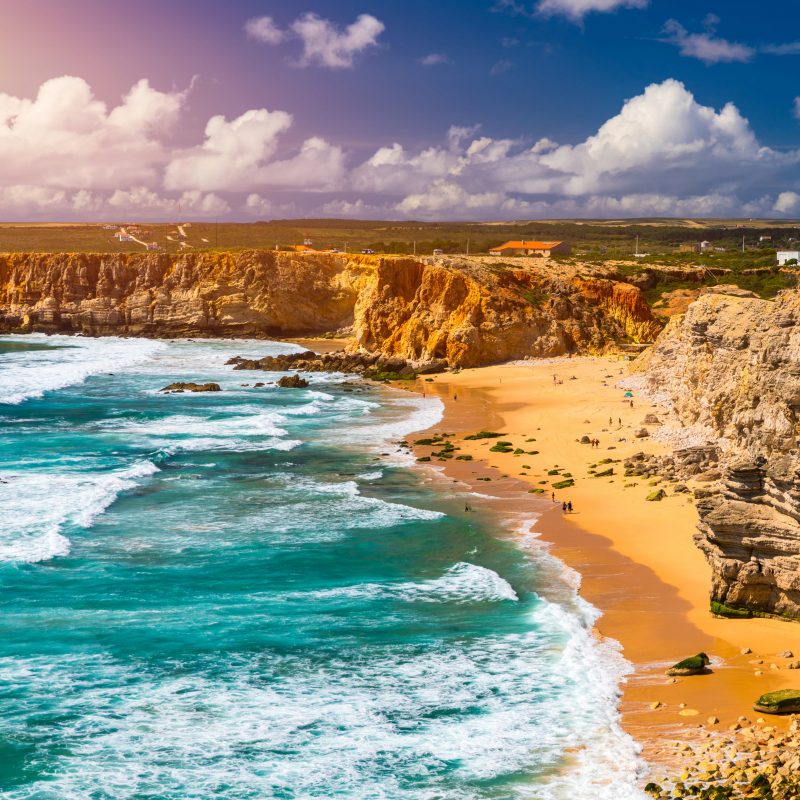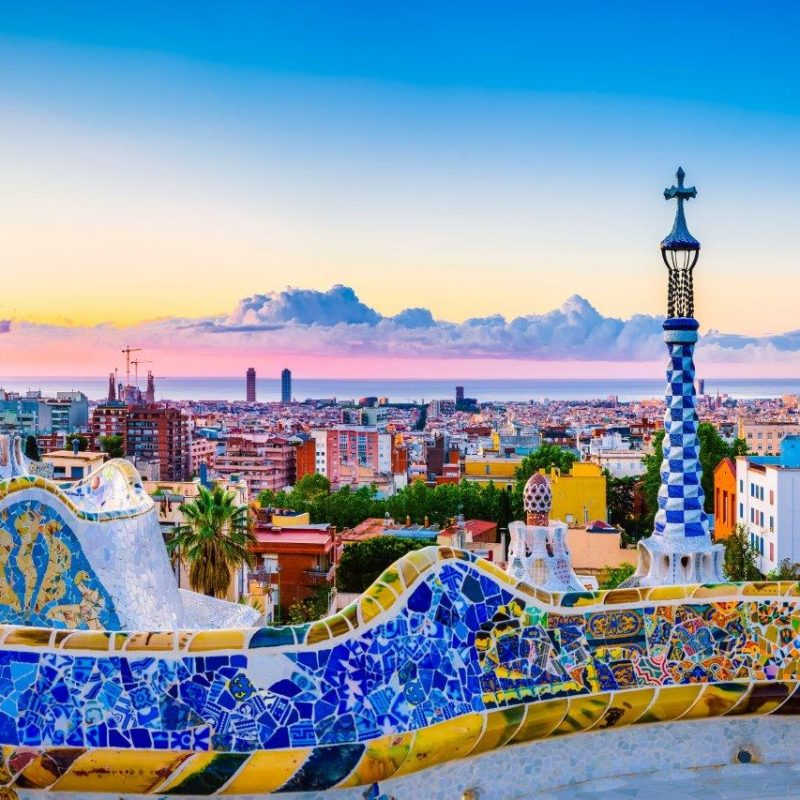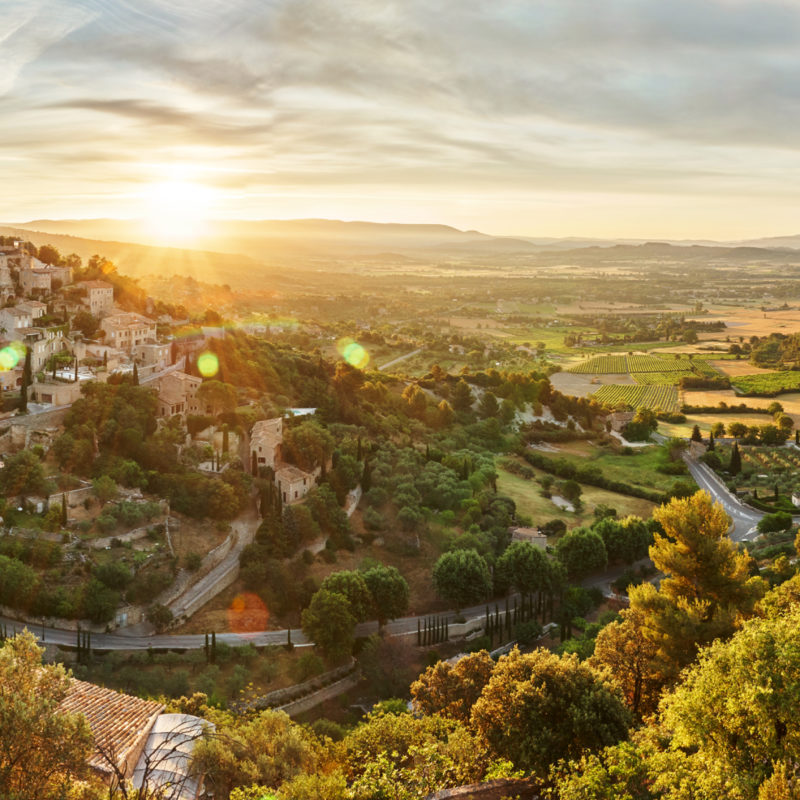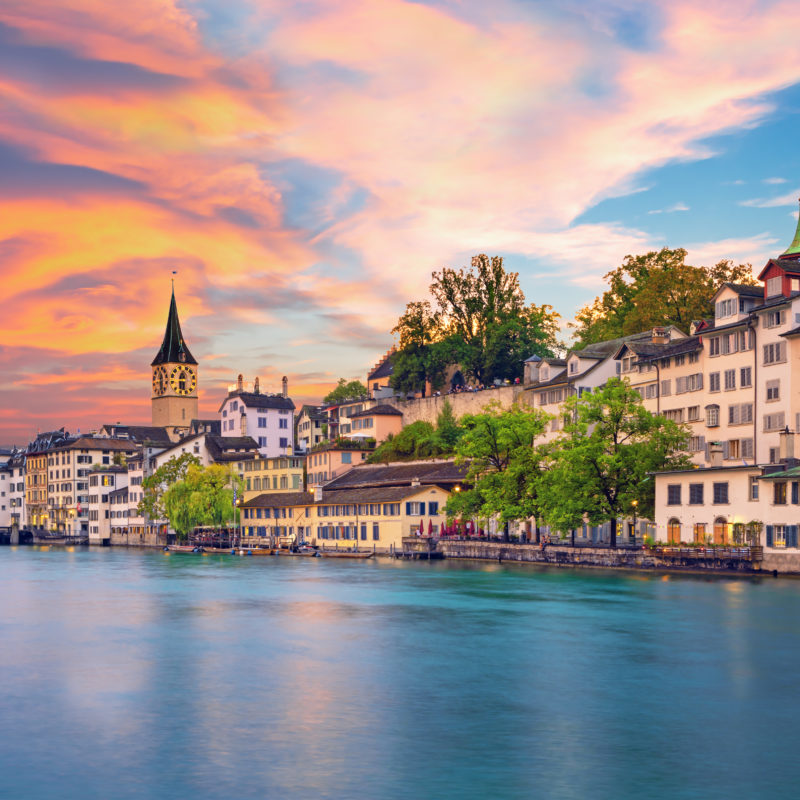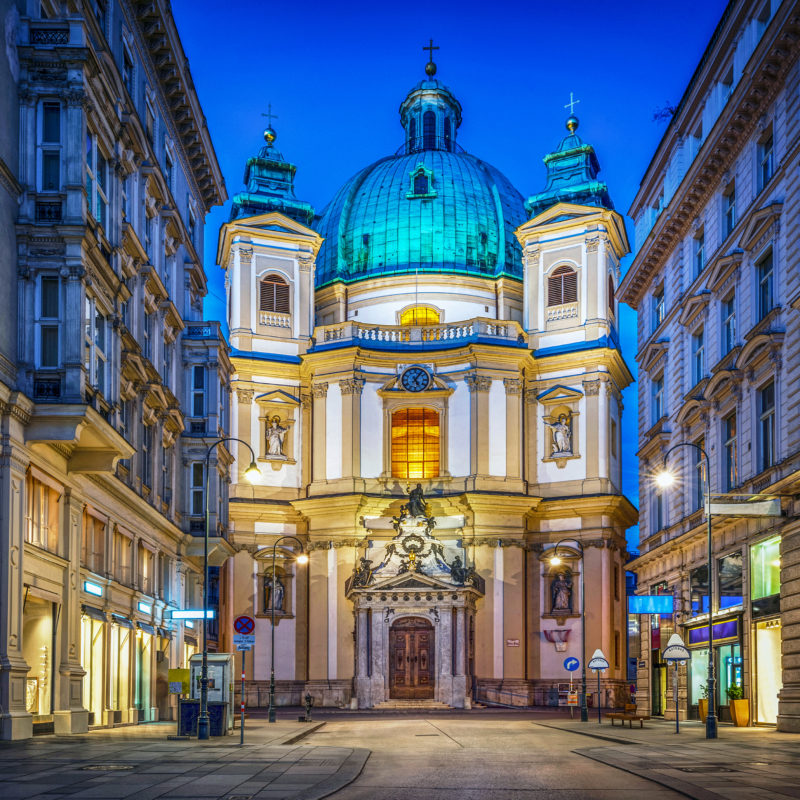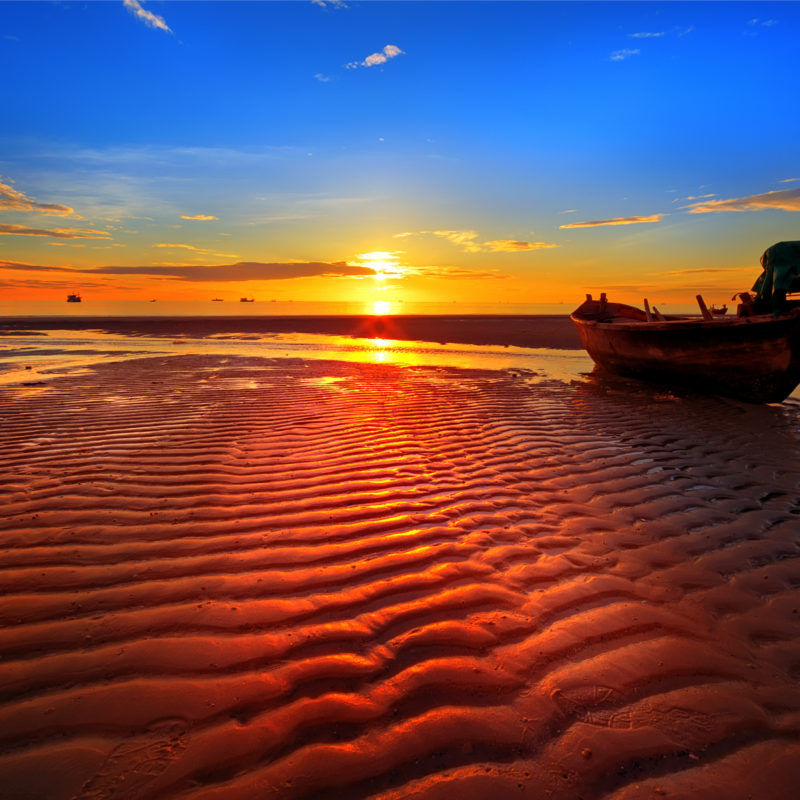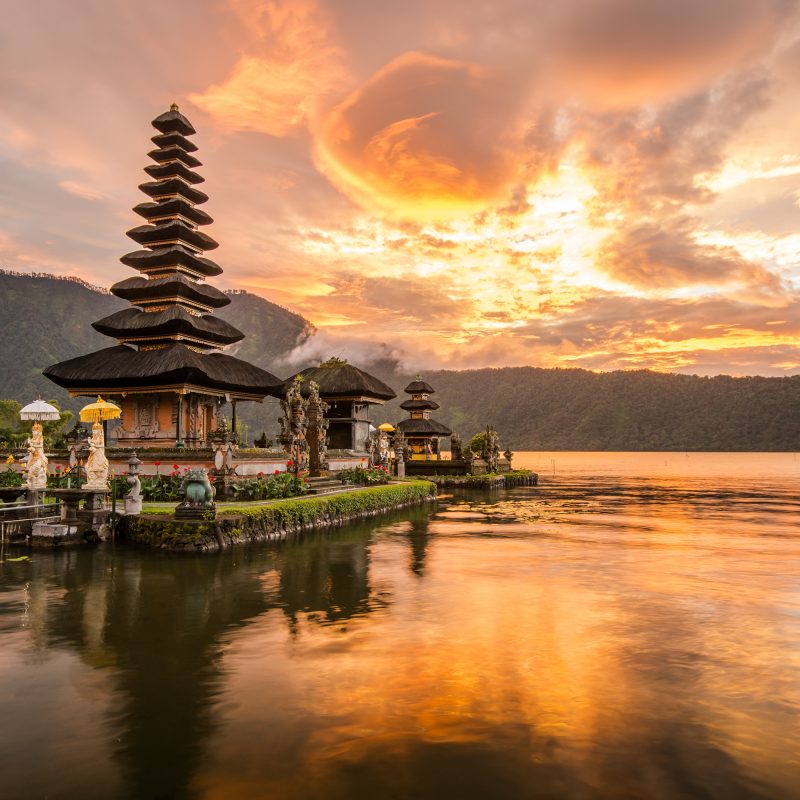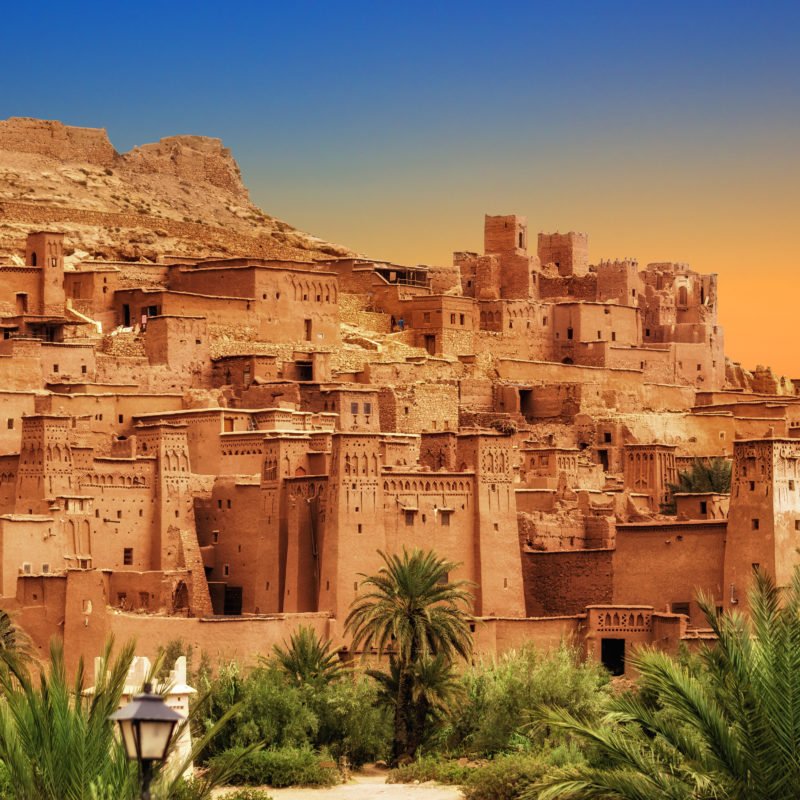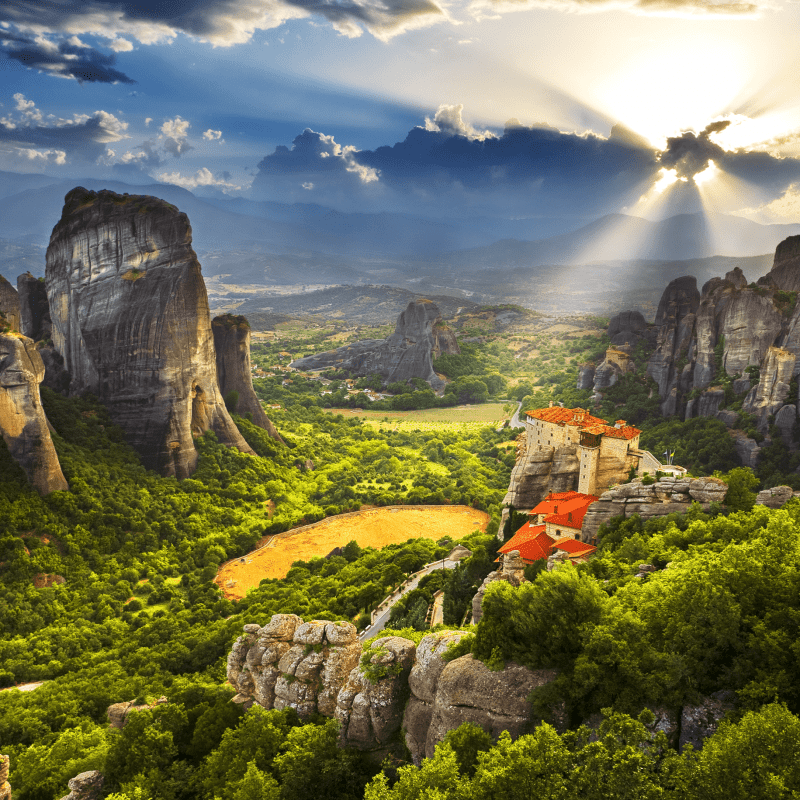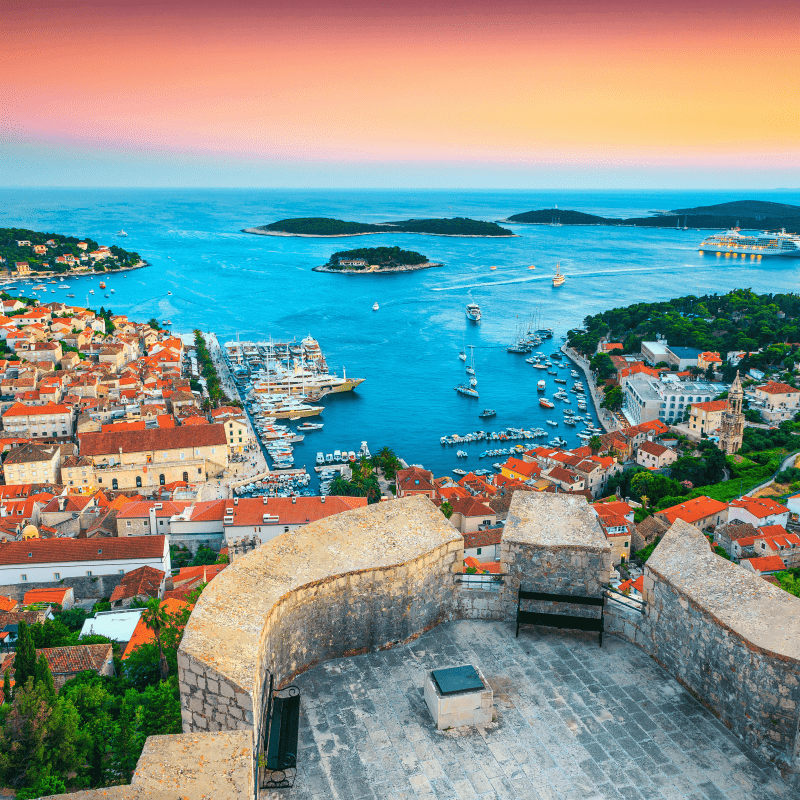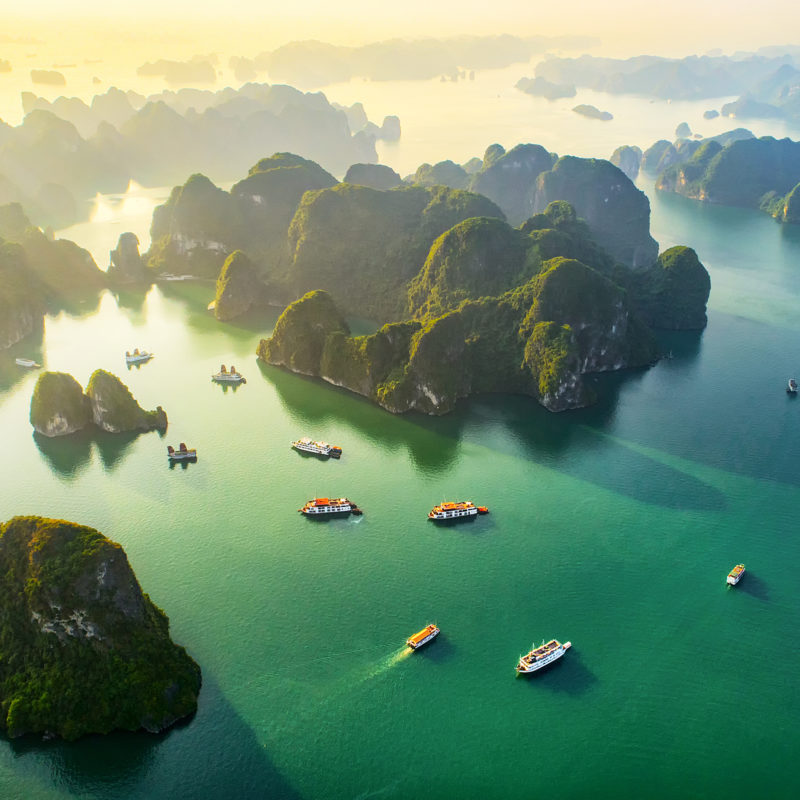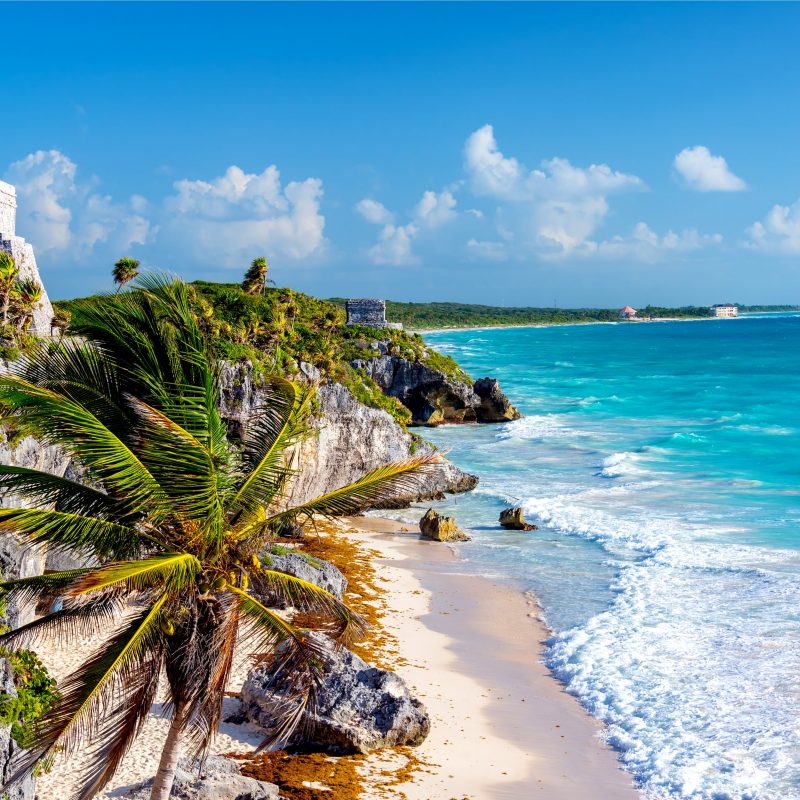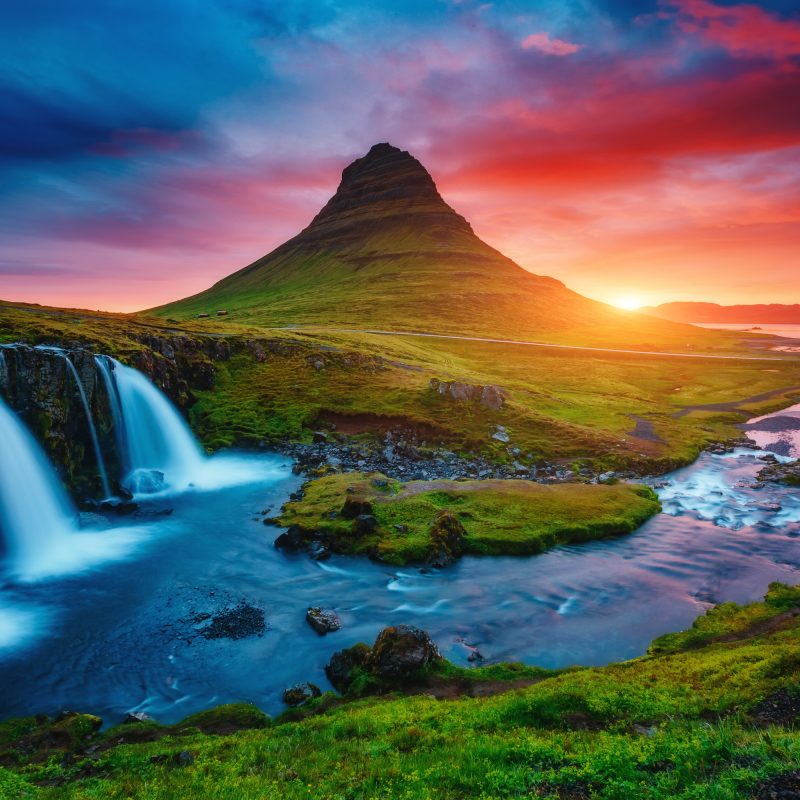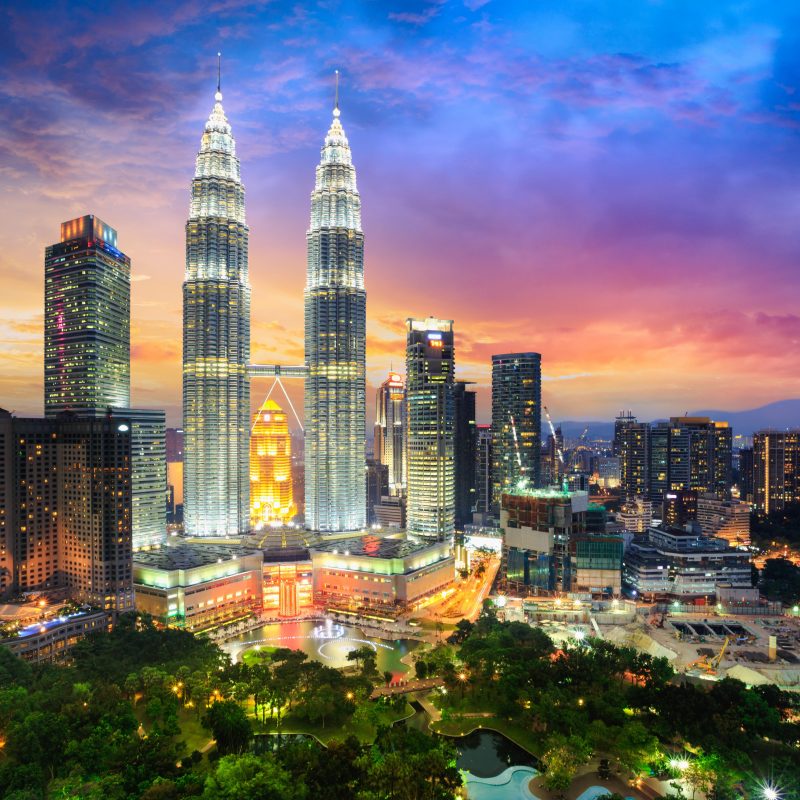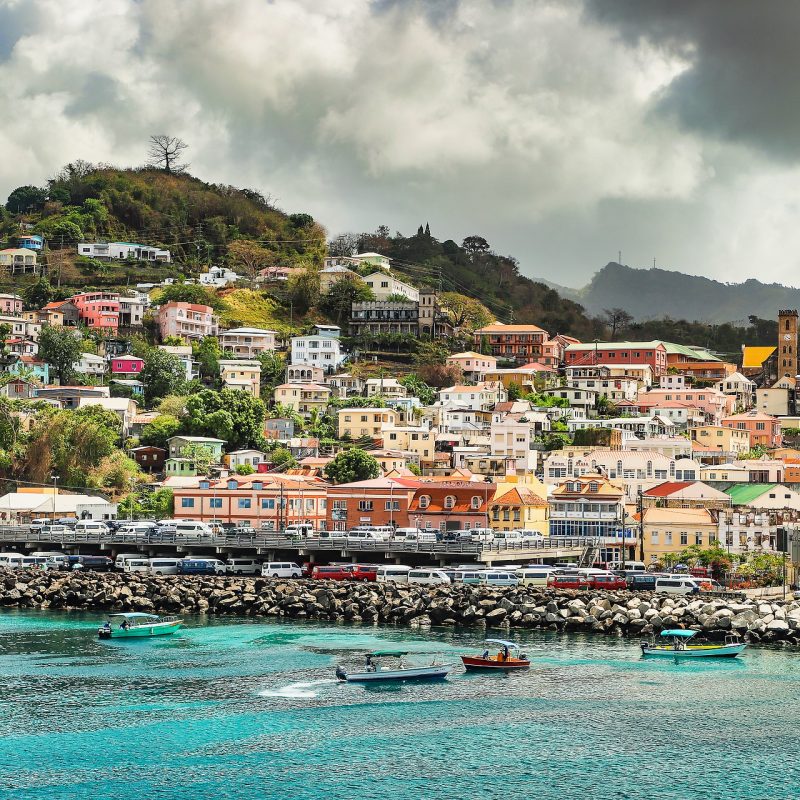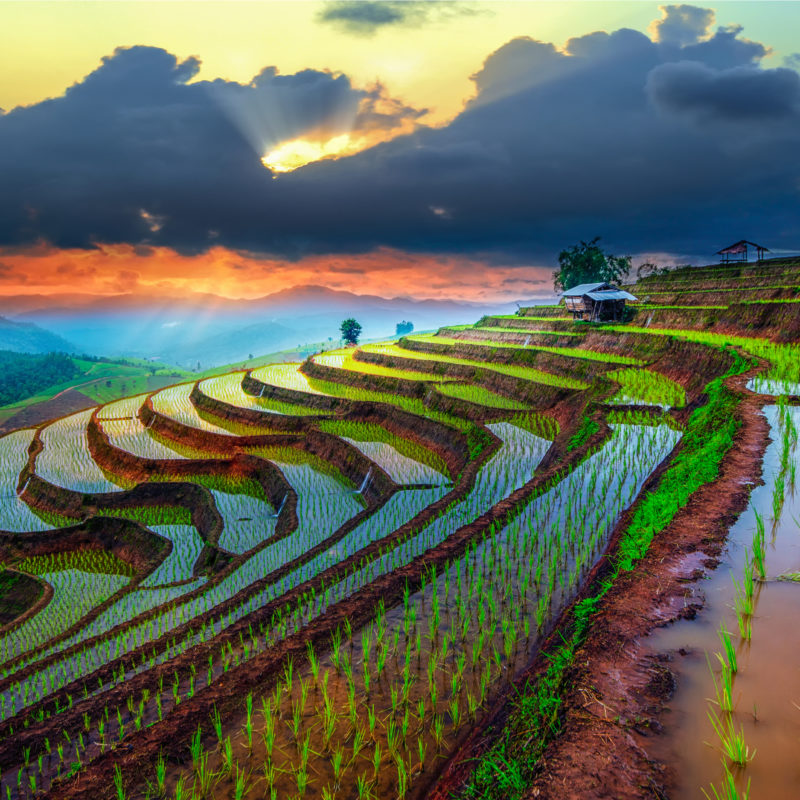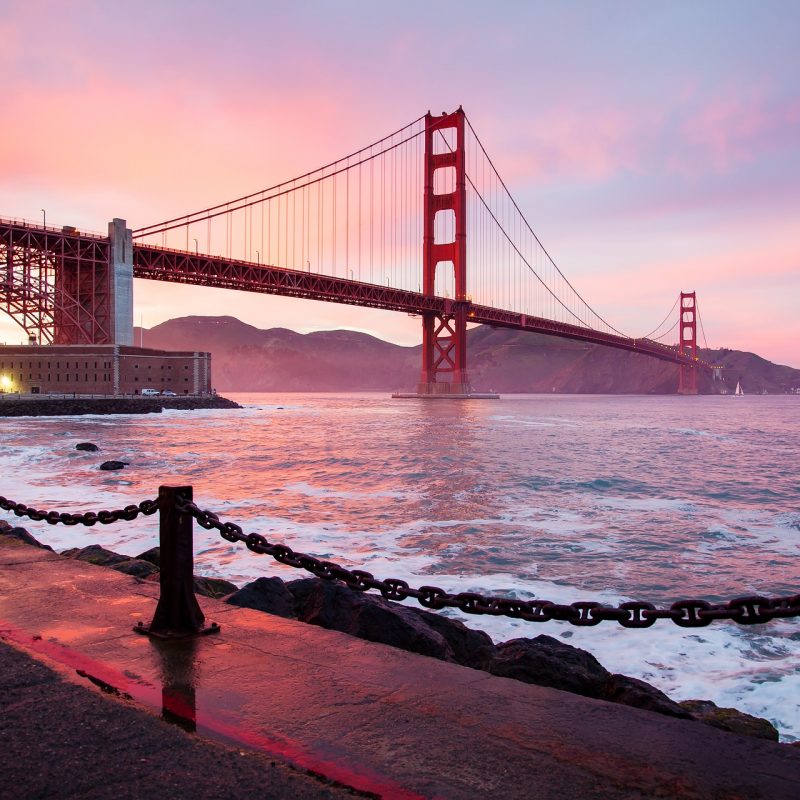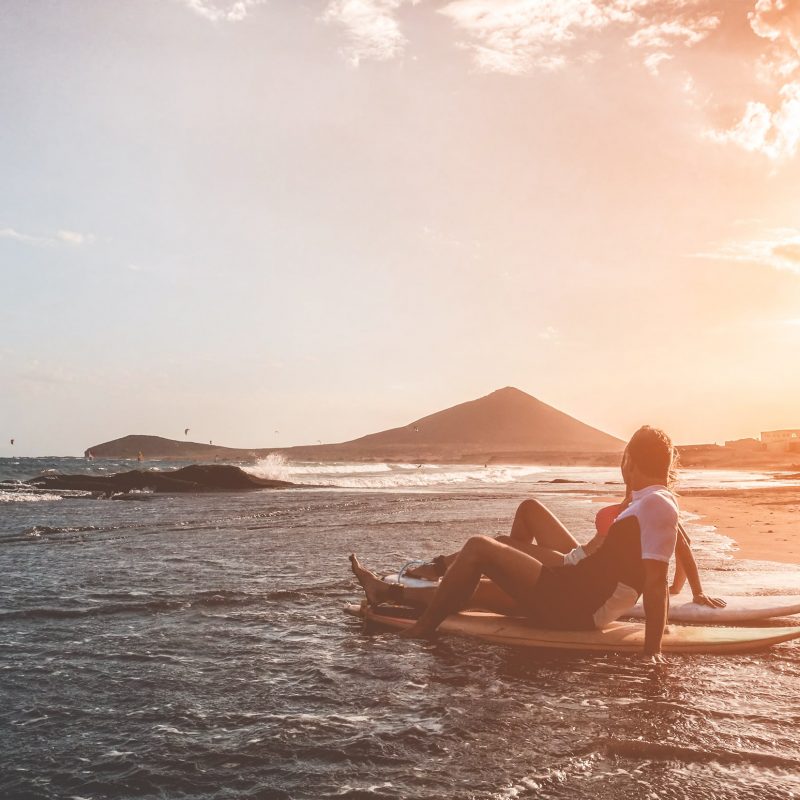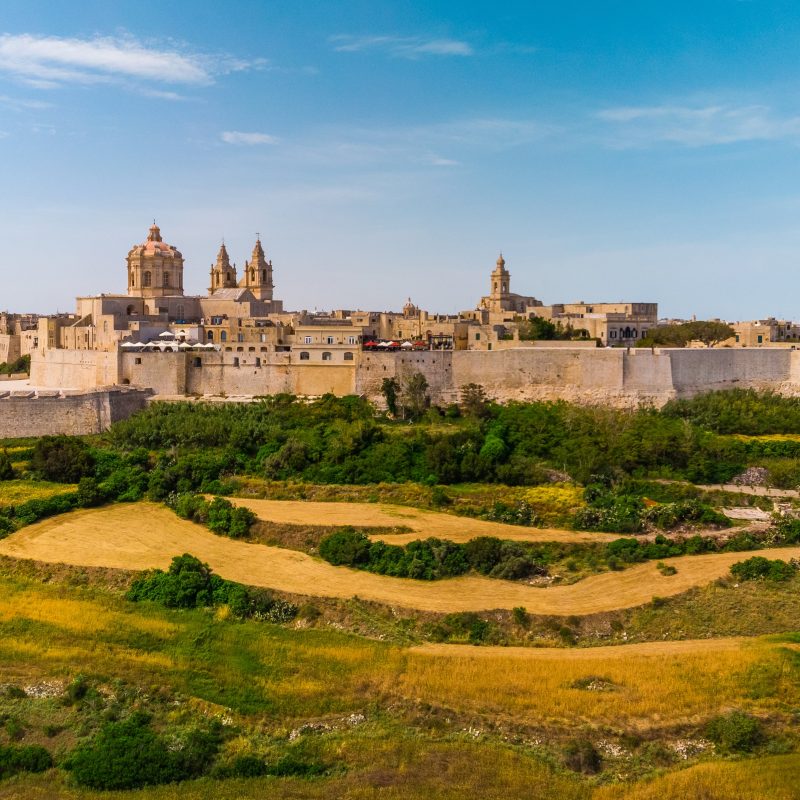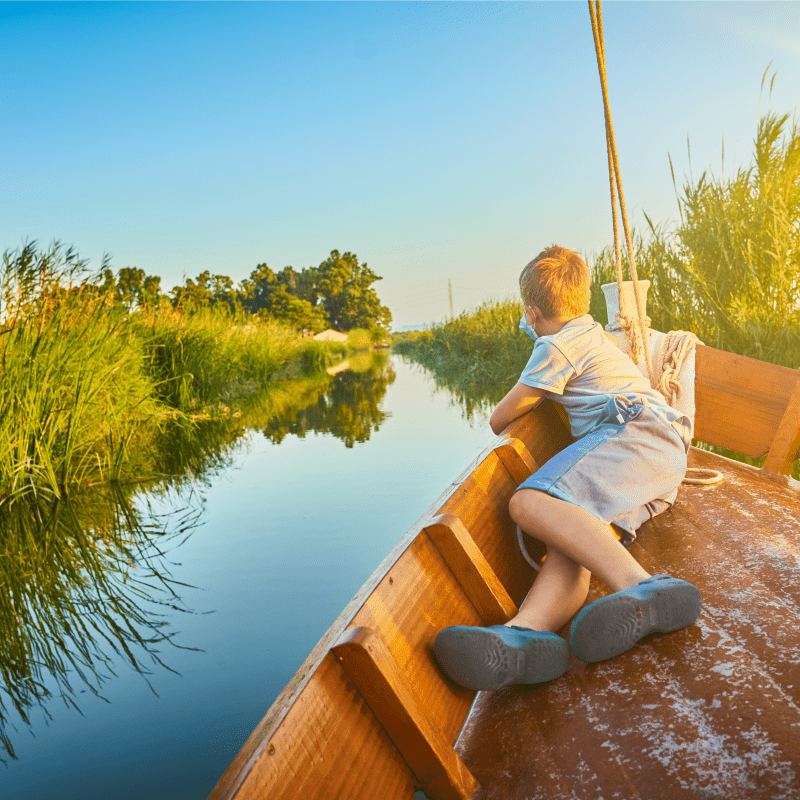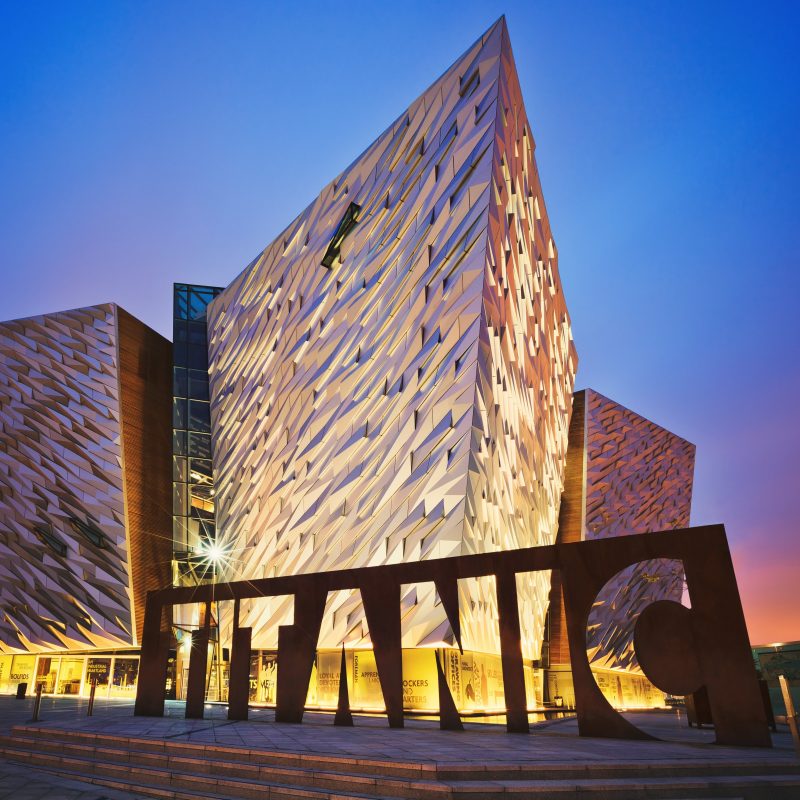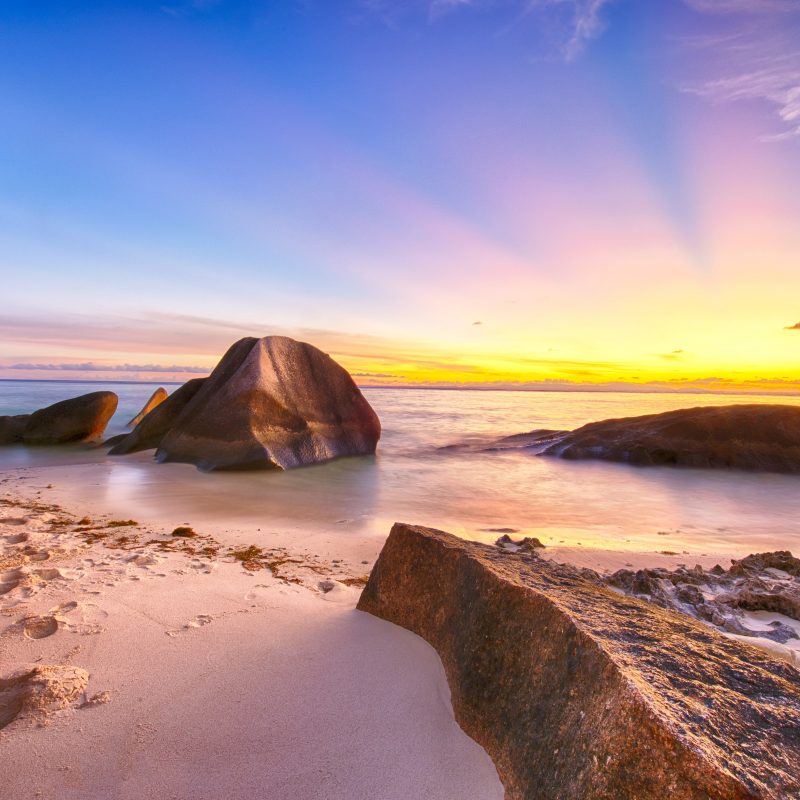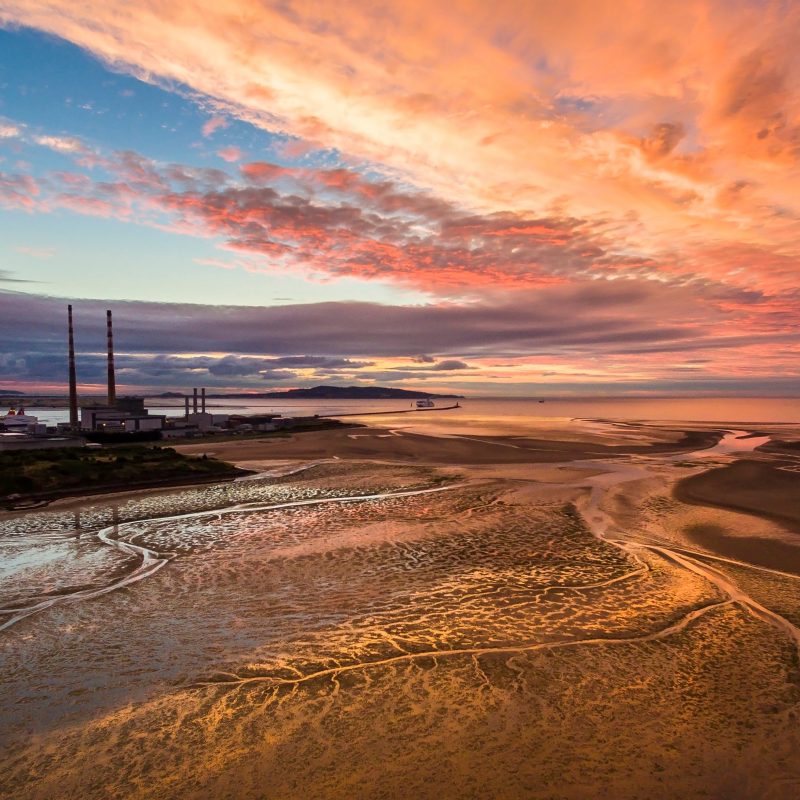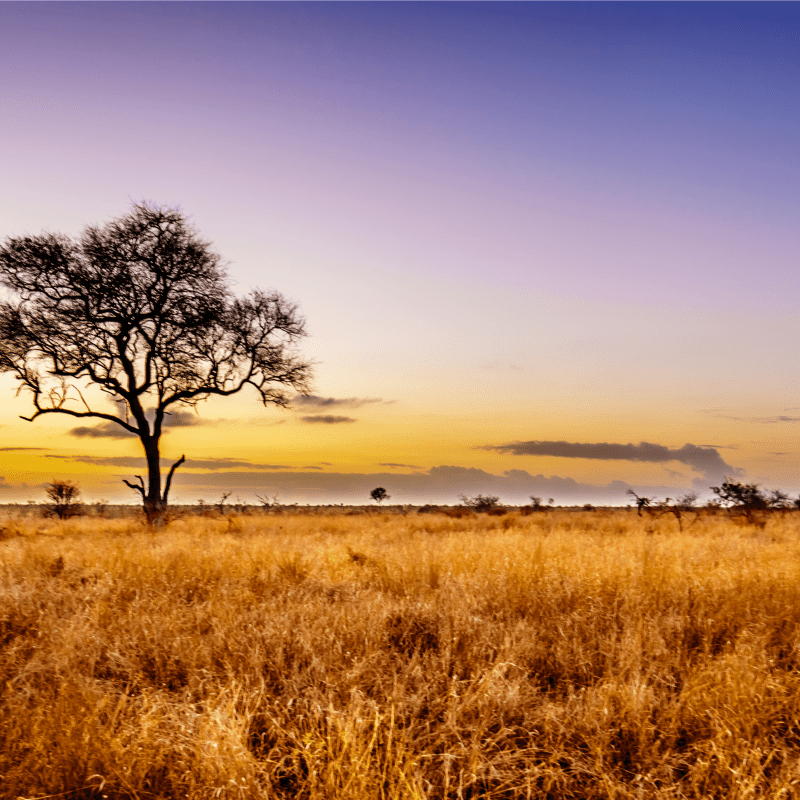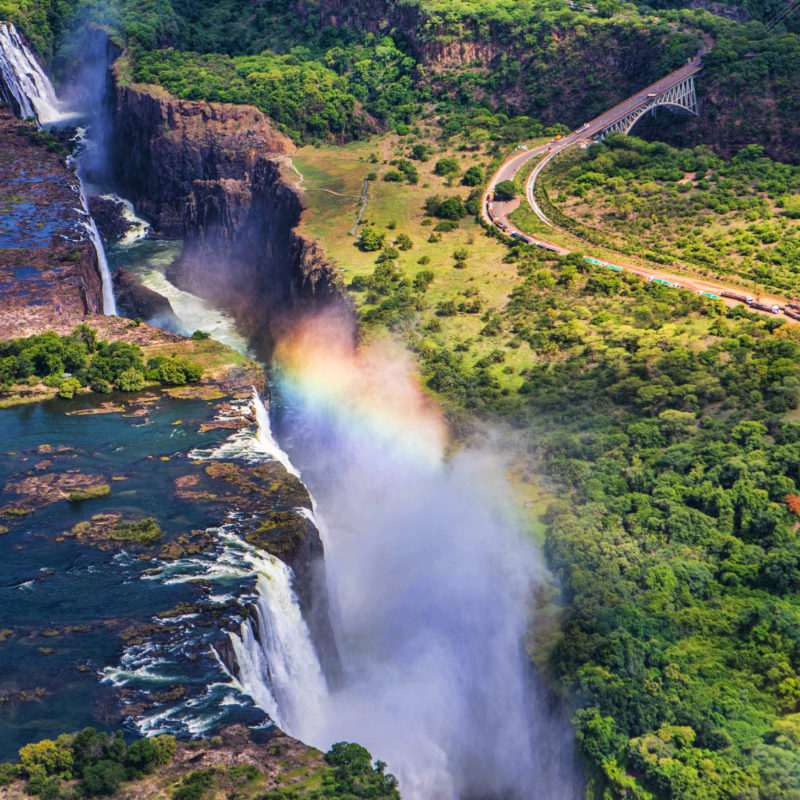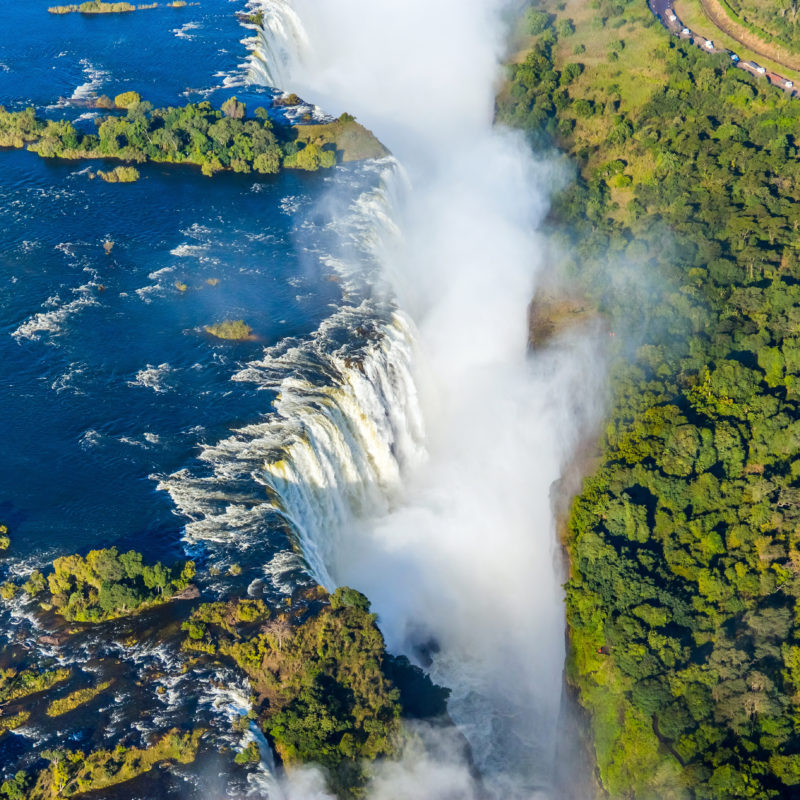I bet if you had to come up with something interesting to say about Zimbabwe, you could probably muster one or two thoughts about a dodgy political past, rampant inflation or the collapse of Mugabe. Relevant points though they may be, they don’t begin to scratch the surface of what this historic nation is all about. Did you know for example that Zimbabwe has a host of UNESCO World Heritage Sites, is home to the world’s biggest man-made lake, the ruins an impressive 11th century empire, and scores of beautiful rare butterflies? Like a phoenix rising from the ashes, and despite economic setbacks, Zimbabweans are working hard to shape their country’s global reputation as a welcoming destination with warm smiling people and a bucket list must for safari, nature and culture.
Landlocked between the rivers of Zambezi in the north and Limpopo in the south, and just north of the Tropic of Capricorn, Zimbabwe is technically tropical, but experiences a sub-tropical climate due to its elevation. Mild dry weather in the southern hemisphere winter May to October sees the peak of the tourist season with the best game viewing. Low season arrives with the wet summer as winds from the east cross Mozambique bringing heavy rainfall when they hit the raised ground of the Eastern Highlands. The east of the country remains the wettest in the hot humid summer from late October to March while the western regions are a bit drier with less prolonged rainfall. Travelling in the low summer season might be hotter and wetter but is totally possible, especially with a high clearance vehicle, and it means you’ll have many sites to yourself, enjoy a lusher, greener environment and get the best rates at those camps that do stay open year-round. It’s also the time for top bird-watching, the arrival of baby animals, spectacular thunderstorms and colourful orange and red sunsets, especially over Lake Kariba and the Zambezi River.
Fascinating Culture
Zimbabwe is simply teeming with history and heritage. The unique rock art in the spiritual ambience of Matobo Hills, an area of teetering boulders, granite kopjes and wooded valleys, is where some of the most well preserved rock paintings in Africa are located. They are said to date back at least 13,000 years. Check out the ruins of Khami and Great Zimbabwe, built by the Bantu civilization of the Shona people from the 11th century. The long artisanal history of the Shona has developed from architectural to artistic and is showcased in the stunning Chapungu Sculpture Park on the outskirts of the capital Harare.
Unique Wildlife Experiences
More remote and pristine than safaris elsewhere, Zimbabwe has excellent opportunities for game viewing in small, personal and exclusive camps with professional guides dedicated to lifelong training and conservation. Hwange National Park is the big draw, just 2 to 3 hours from Victoria Falls. It’s a vast 15,000sq km of protected land with good populations of buffalo, elephant, lion, cheetah and leopard. It also has some of the most diverse birds in the world, with nearly 700 species being recorded, and especially prevalent in the low season from November. Matobo has significant populations of white and black rhino, and it is possible to take a guide to track these on foot. Lesser known, more remote parks offer amazingly diverse landscapes of flood plains, grasslands, hidden valleys and lush vegetation. Hardly adventurers visiting Matusadona National Park, the Eastern Highlands, Chizarira and Gonarezhou National Parks will be richly rewarded, but do check as many camps, particularly around Mana Pools close during the wettest part of the year.

